On April 17 1964 Ford Motor Company pulled the wraps off an affordable, compact sports coupé called the Mustang at the New York World’s Fair.
With its ‘long hood, short rear deck’ proportions and youthful marketing to entice the decade’s baby-boomers, the 1965 (commonly referred to as 1964 ½) Ford Mustang provided the template that was to be the ‘Pony car’ class, inspiring a host of imitators.
The first-generation Mustang used chassis, suspension and drivetrain parts derived from the Ford Falcon and Fairlane to cut costs. Available as a hardtop or convertible, initially five engines were offered - from the entry-level 105bhp 2.8-litre straight-six to the 'K-code' 4.7-litre V8 271bhp halo unit.
Ford sold an astonishing 126,538 Mustangs during that abbreviated model year; the V8s outselling the six-cylinder variant by nearly three to one. Within 18 months, one million models had been built.
In 1965, Ford introduced the neat 2+2 fastback body. The Shelby Mustang GT350 also debuted with a tuned version of the K-code lump – with power up from 271bhp to 306bhp. Available only in fastback body form and in white with blue rocker stripes, 562 units were sold that year.
From 1969 to 1973 many experts proclaimed the Mustang had grown increasingly fat and lazy. The 1973 Mustang was 8.5 inches longer, 6 inches wider and over 270kg heavier than the original. Ford trailblazer Lee Iacocca stated: “The Mustang market never left us, we left it.”
The Mustang II arrived in 1974. Based on the Ford Pinto subcompact, Iacocca wanted the new car to be finished to a high standard. However, the result was a smaller, heftier, slower car that initially was only available in four and six cylinder form.
A 4.9-litre V8 arrived in 1975, but with just 140bhp, it failed to capture the excitement of its predecessor. Despite all this, it sold well - Ford shifted over one million Mustang II examples over four years, a feat put down to “the right car, at the right time” amid high fuel prices and economic uncertainty.
Four years later and the third-generation car was launched. Produced until 1993 and based on Ford’s widely-used Fox platform, it progressed through a number of trim levels and drivetrain combinations during its production life. The GT was revived in 1982 after a 12-year absence and the convertible returned a year later.
By the mid-1980s, Mustang sales were slumping. Ford thought the Mustang had fallen out of favour with customers and looked to replace it with a front-wheel-drive Mazda MX-6 variant. Mustang fans hastily responded with hundreds of thousands of angry letters and Ford swiftly backtracked on the idea, giving the Mustang one more chance and naming the front-wheel-drive version the Probe.
Unlike the previous decade, Ford knew it needed to keep the Mustang in production. In autumn 1993, the new design incorporated several styling cues from earlier Mustangs. Only two body styles were offered; a two-door coupé with a ‘semi-fastback’ roof and a convertible.
The new Mustang was a hit, but not awe-inspiring. Selling into a more saturated market than back in 1965, Ford sold 123,198 models during 1994 – still no mean feat. New for 1996 was a heavily revised version of the SVT Cobra which now featured an all-aluminium, 32-valve 4.6-litre V8 pumping out 305bhp, making it the most powerful V8 in a Mustang since the Boss 351 back in 1971.
At the 2004 North American International Auto Show Ford launched the fifth and current generation Mustang. Codenamed S-197, the styling echoed the fastback Mustang models of the late-1960s, described as “retro-futurism”.
For 2007, Ford’s Special Vehicle Team unleashed the Shelby GT500 to succeed the 2003 Mustang SVT Cobra. It retained the same basic live-rear axle suspension setup of the V6 and GT, but with a 500bhp supercharged 5.4-litre V8 unit shoehorned behind the cobra-badged grille.
The 2013 Shelby GT500 proved to be the wildest iteration so far. Featuring a mammoth 5.8-litre supercharged V8 with 662bhp, it could cover 0-60mph in 3.5sec and was capable of 140mph in third gear - and could go on to a top speed of 202mph; it’s easily the most potent Mustang to wear the GT500 moniker thus far.
The all-new 2015 Ford Mustang is coming to the UK in right-hand drive form for the first time on more than four decades, and will go on sale here next year. US sales kick off earlier, in the last quarter of this year, with engines including a 420bhp V8, a 3.7-litre V6 with 306bhp and a new 2.3-litre Ecoboost engine with 305bhp and 300lb ft of torque.
Ford has also pulled the wraps off a new 50th anniversary special edition of the car at the New York motor show. While it's unlikely to come to the UK any time soon, the new model gets extra chrome trim, a significant interior upgrade and prominent 50th anniversary badging.
What are your memories of the Mustang? Let us know in the comments section below.
Aaron Smith

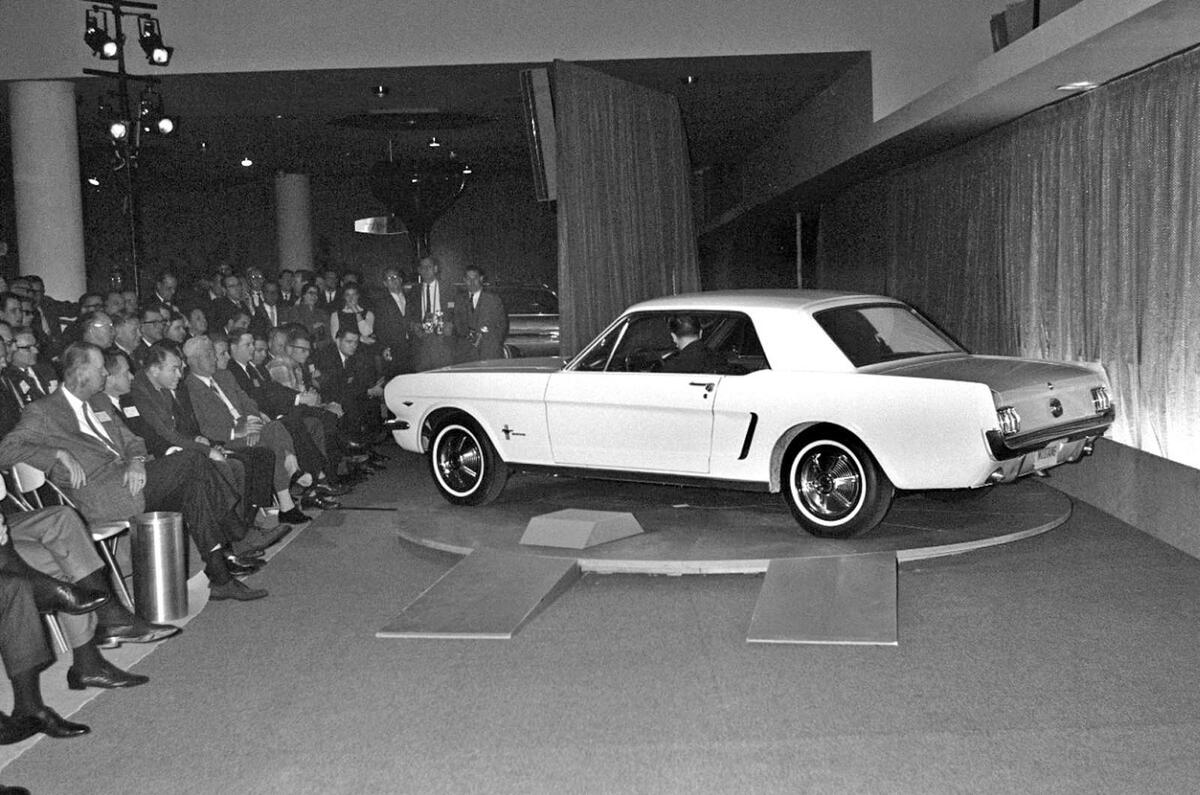
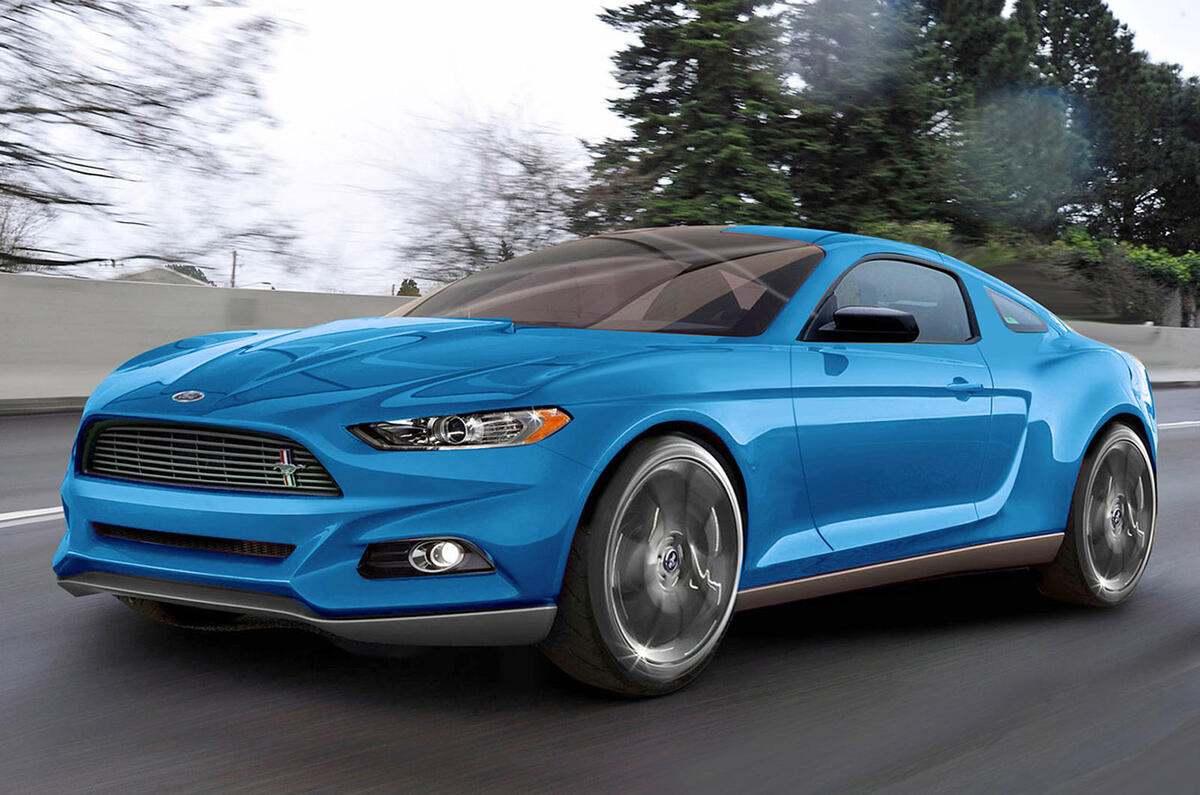
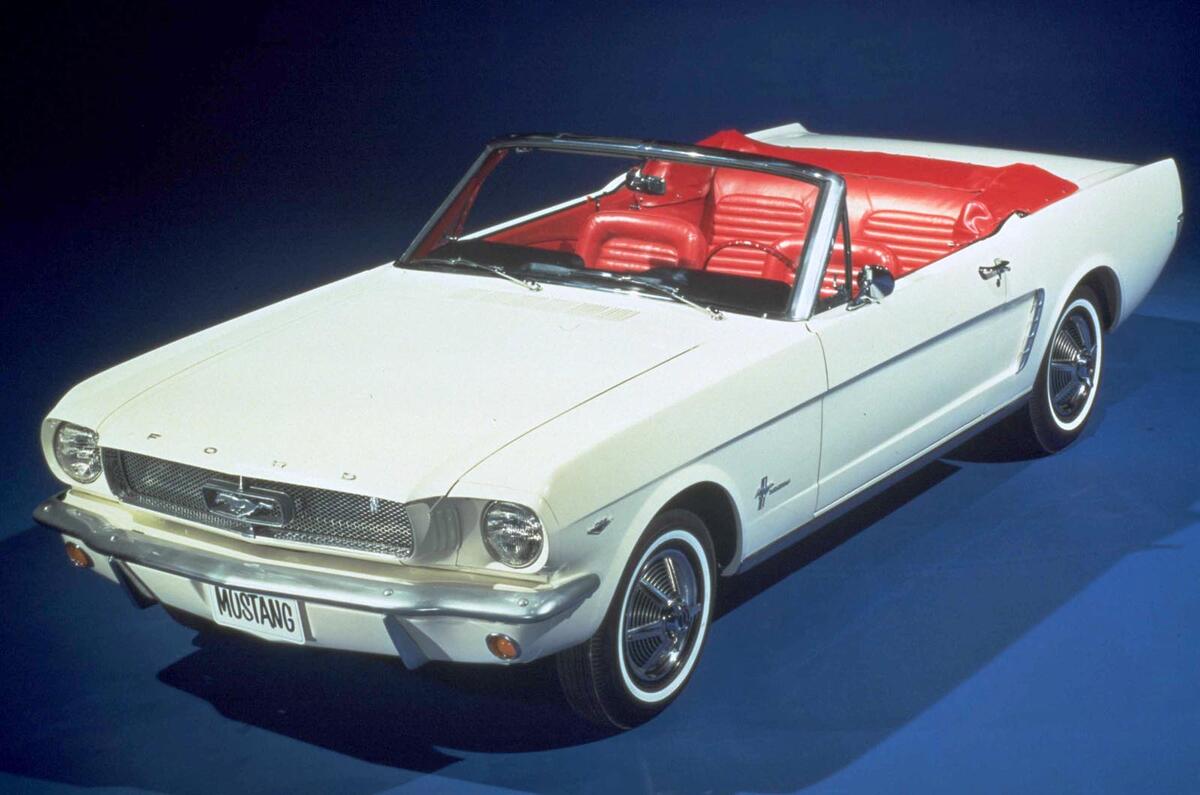
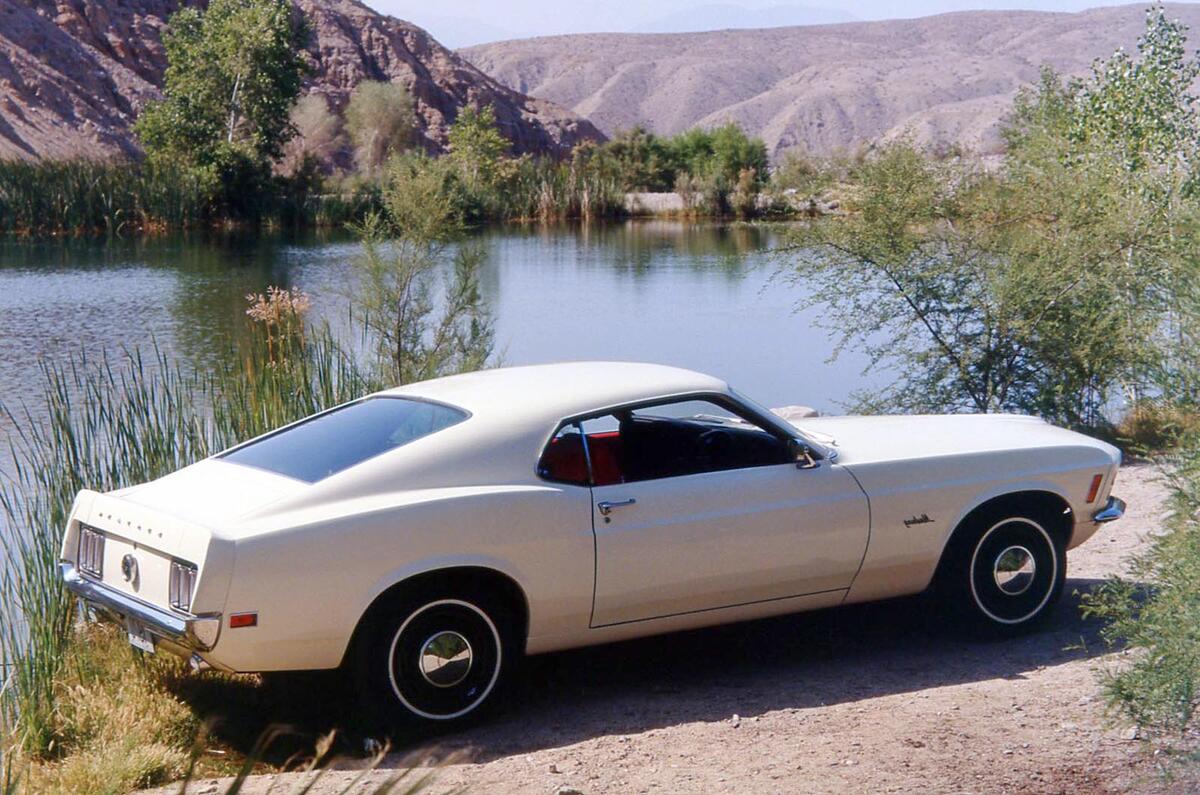
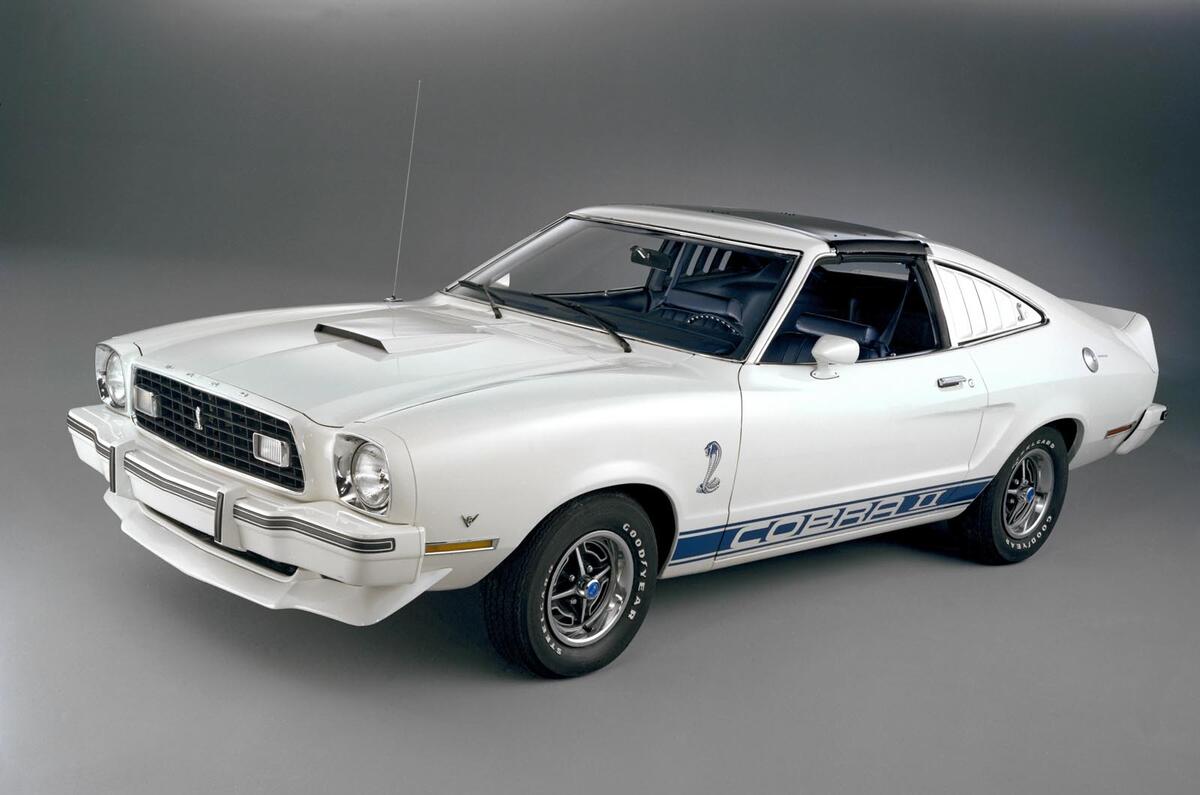
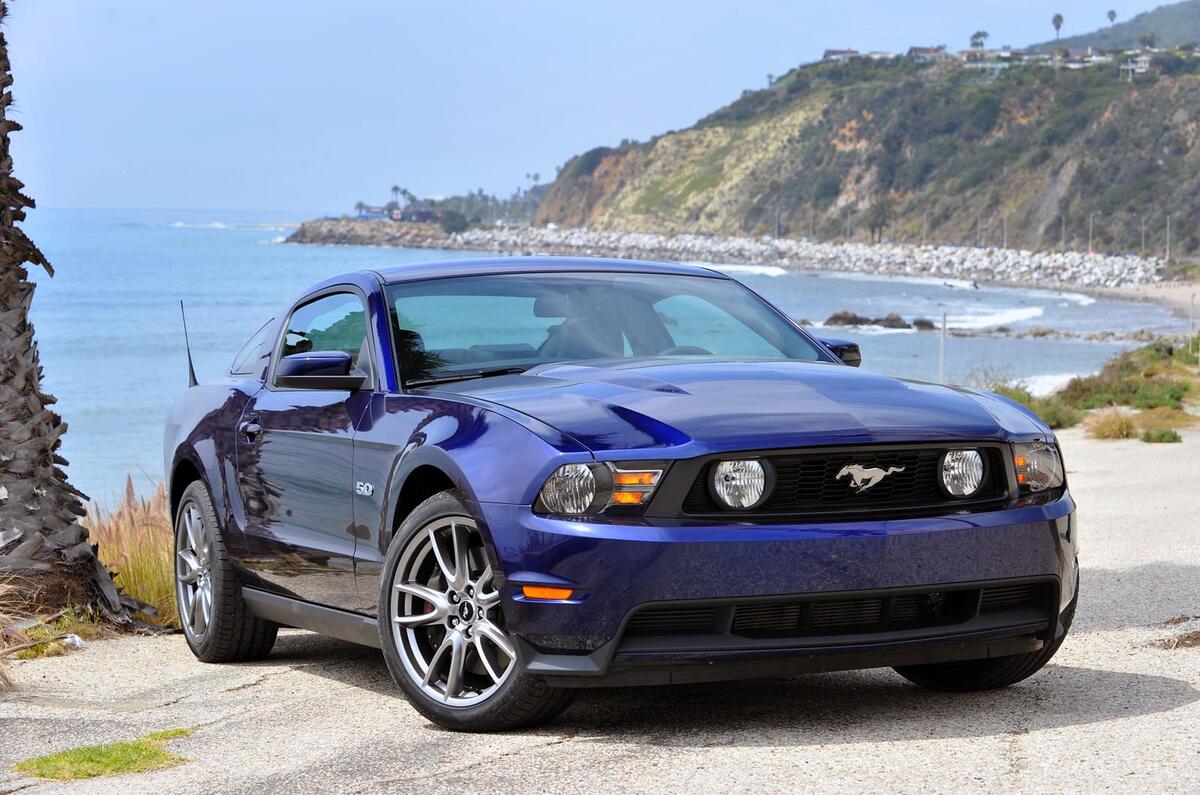
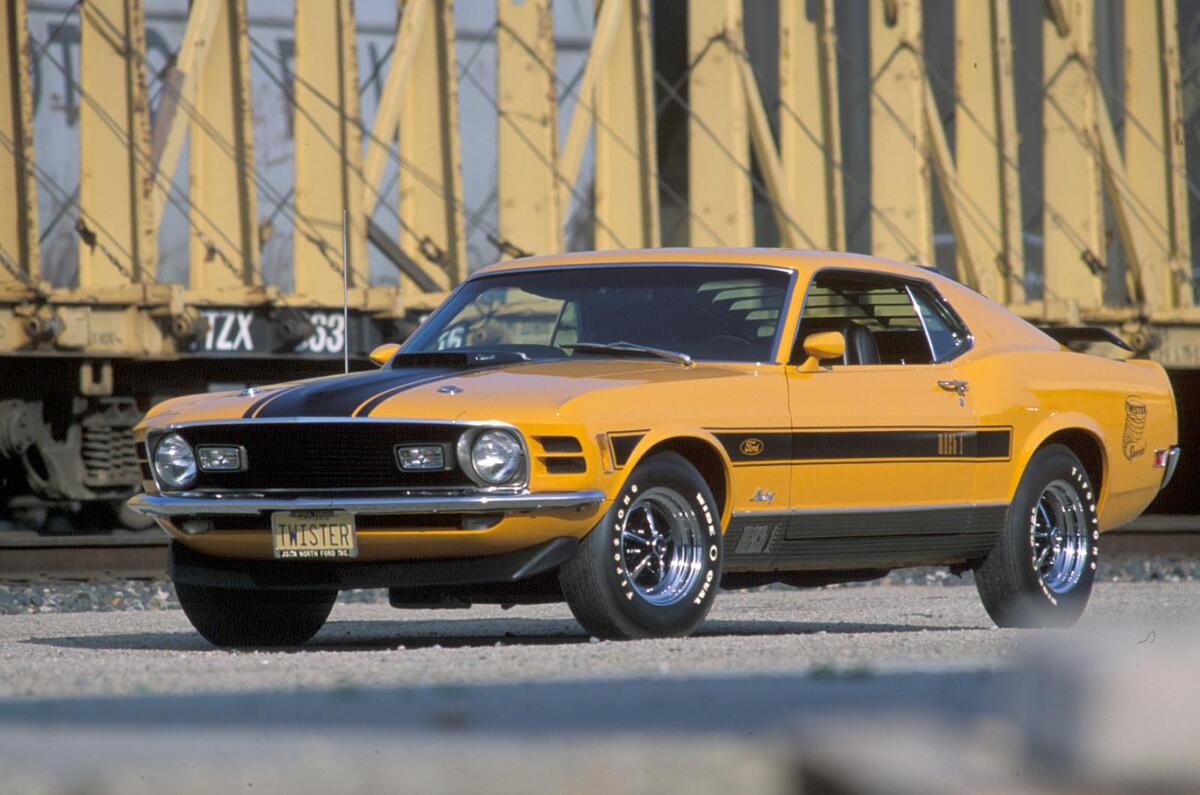
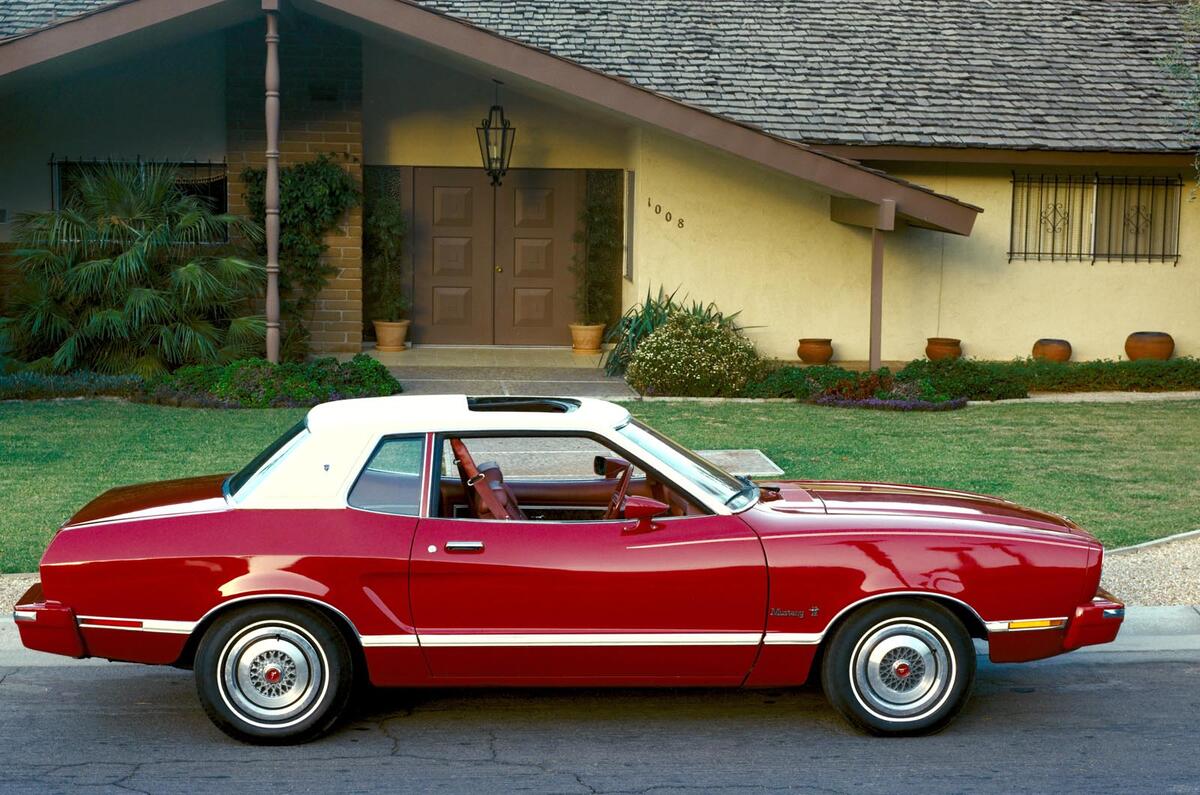
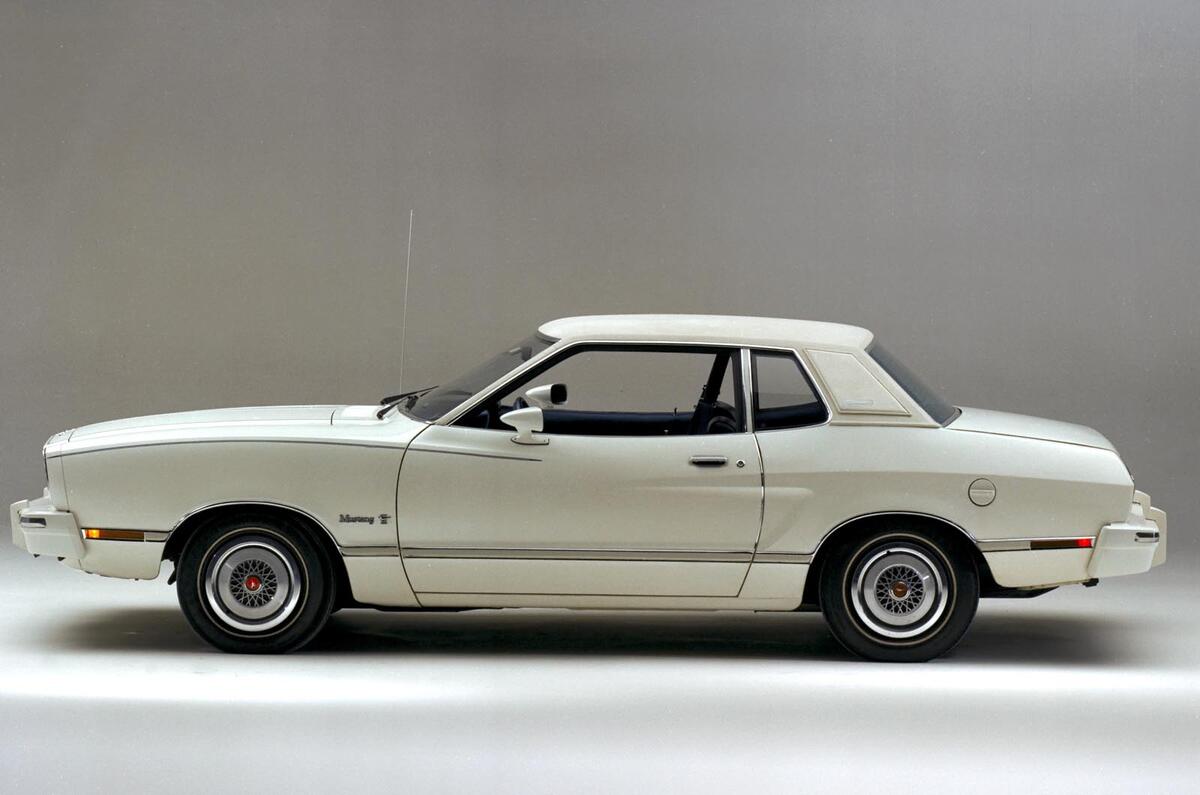
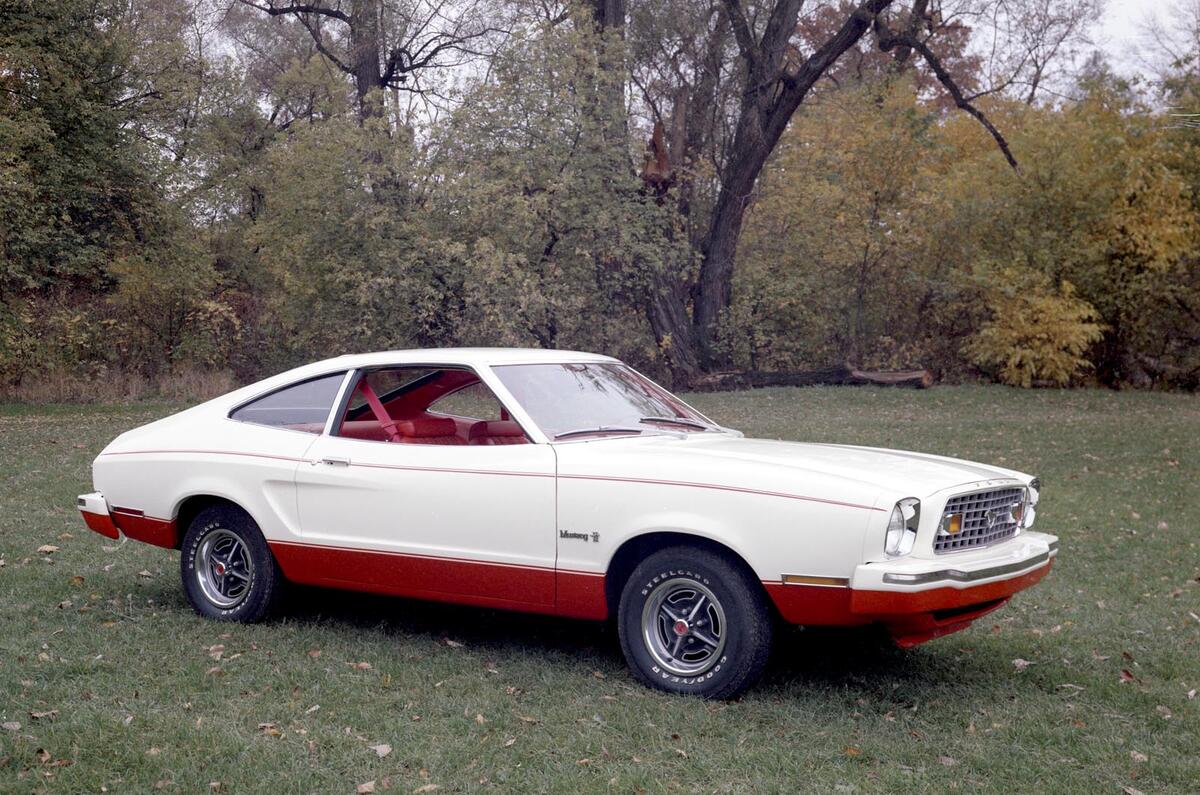
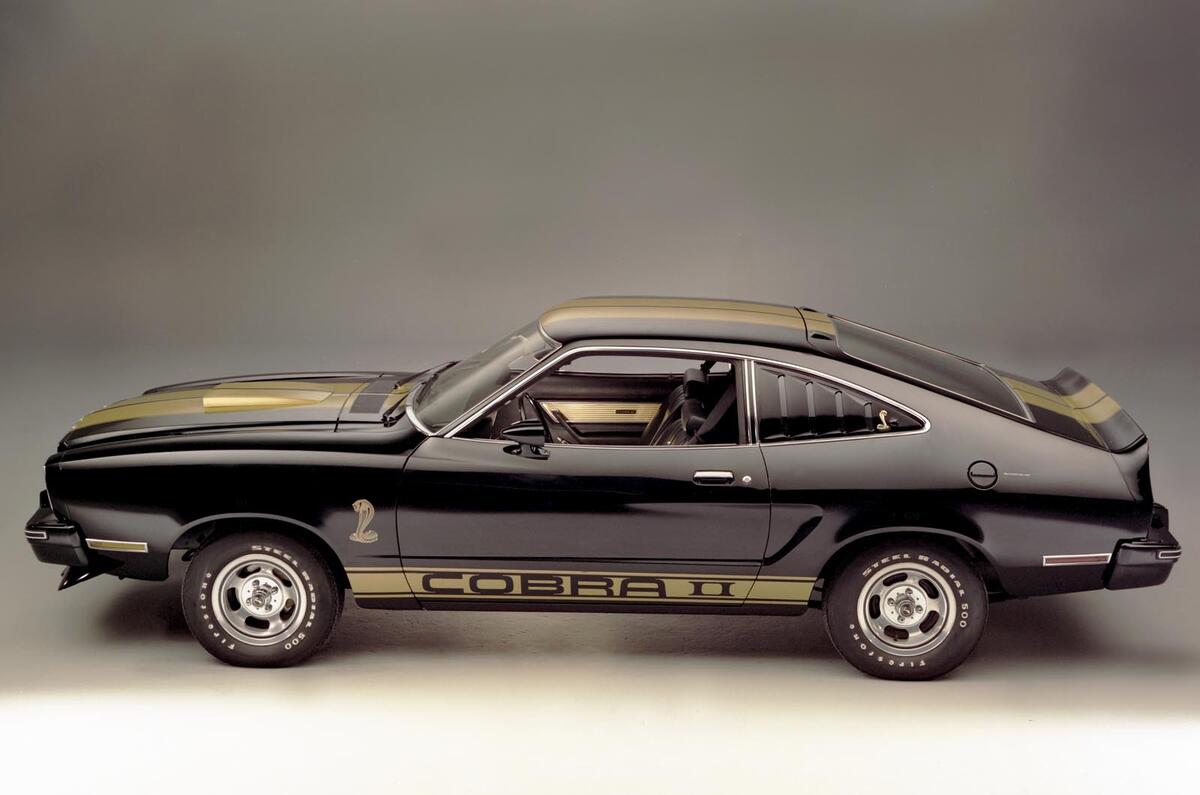
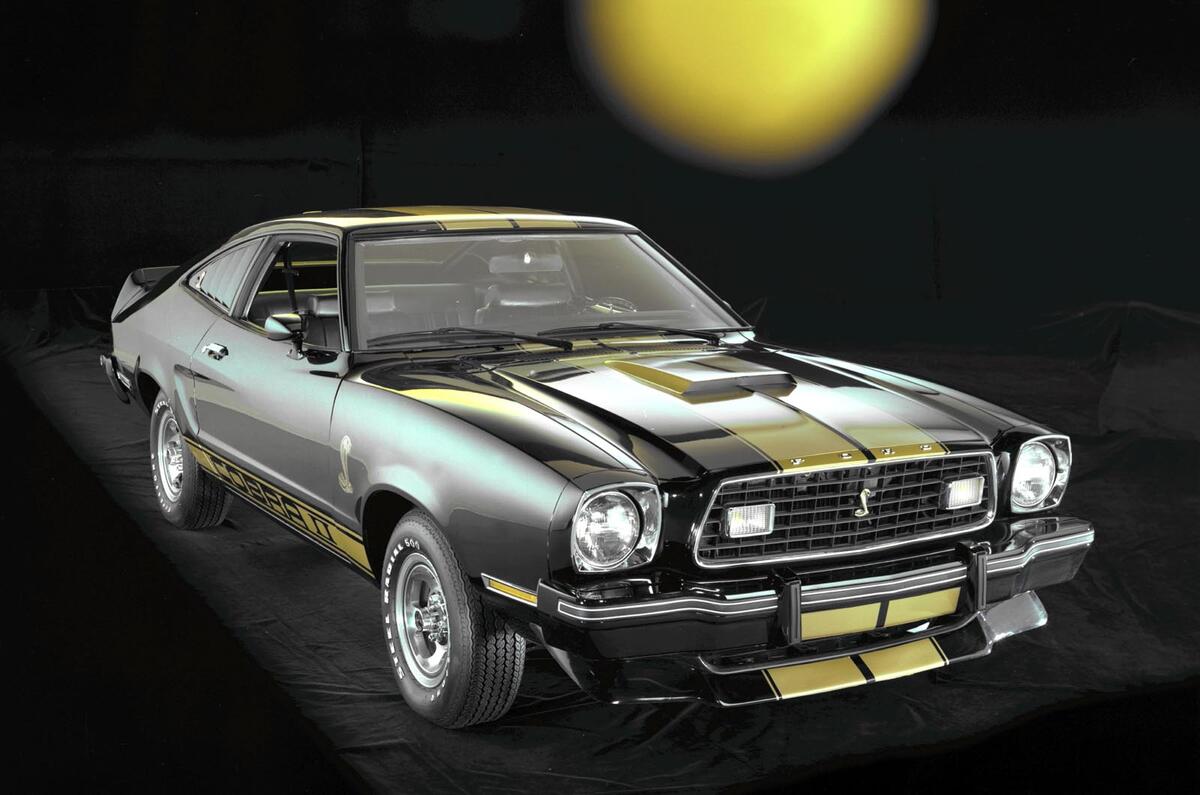
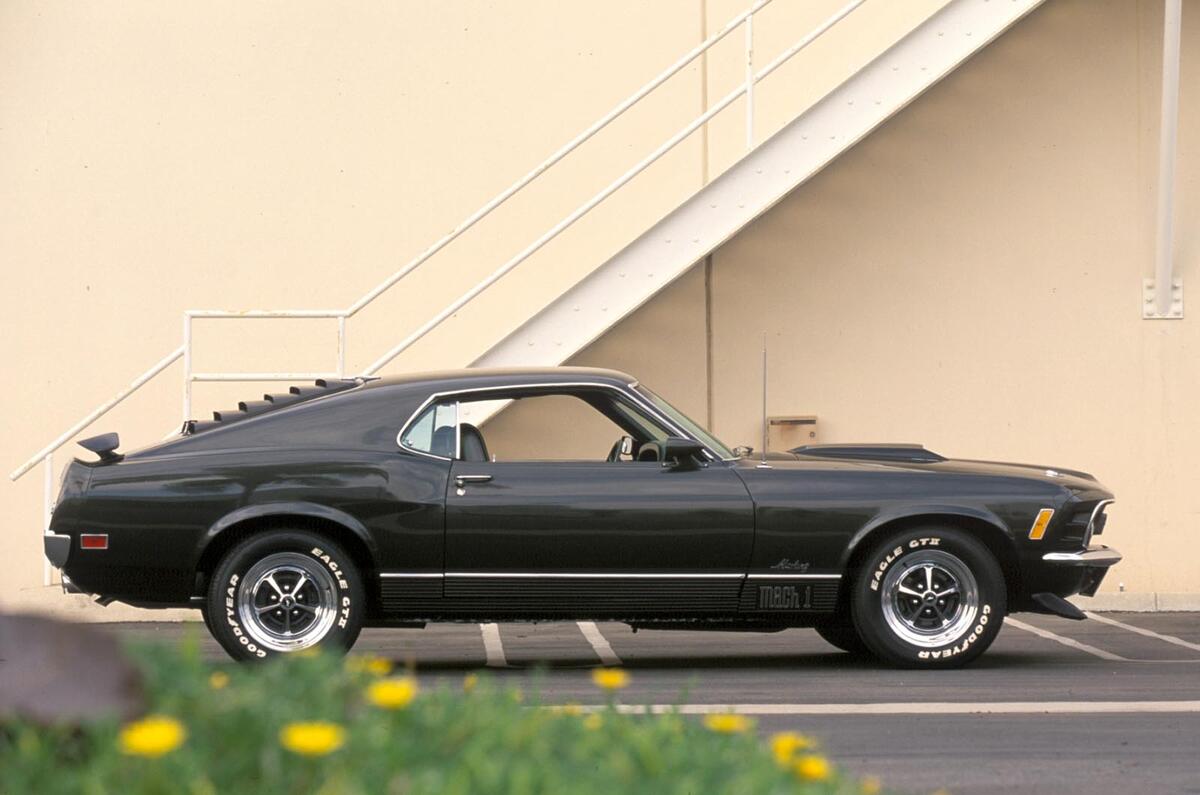

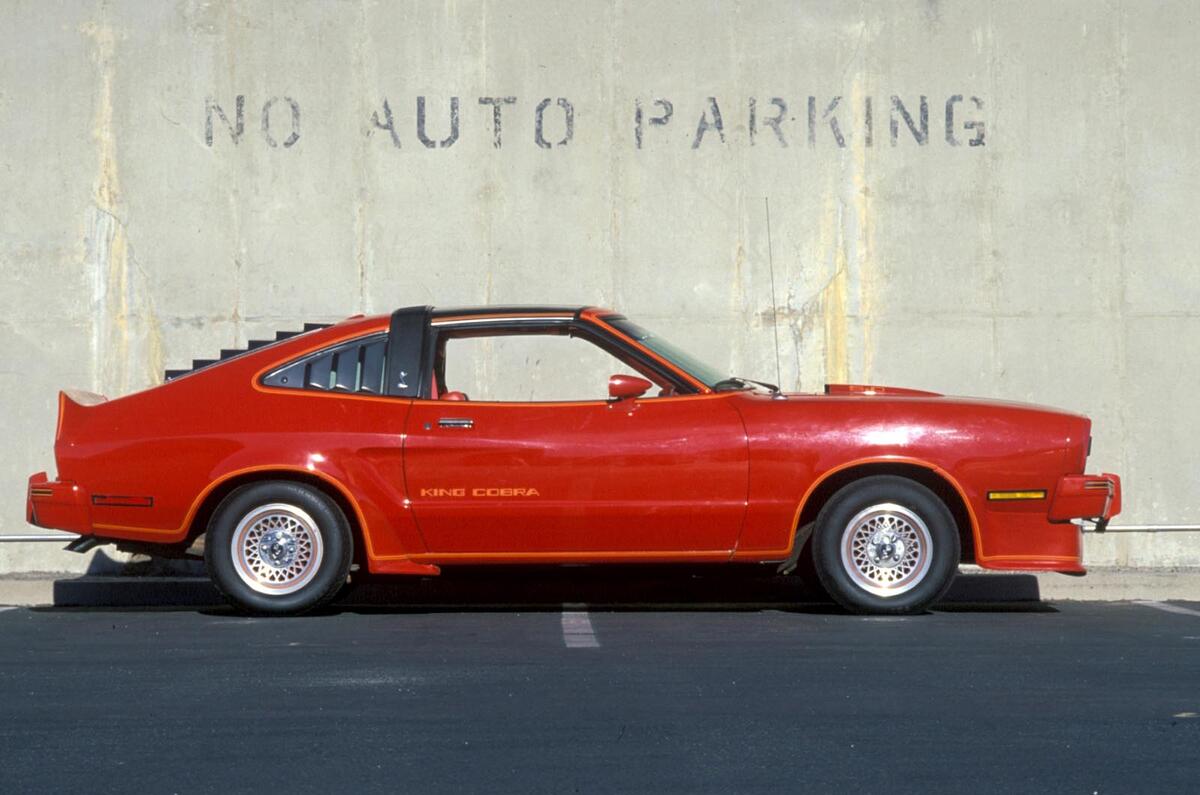
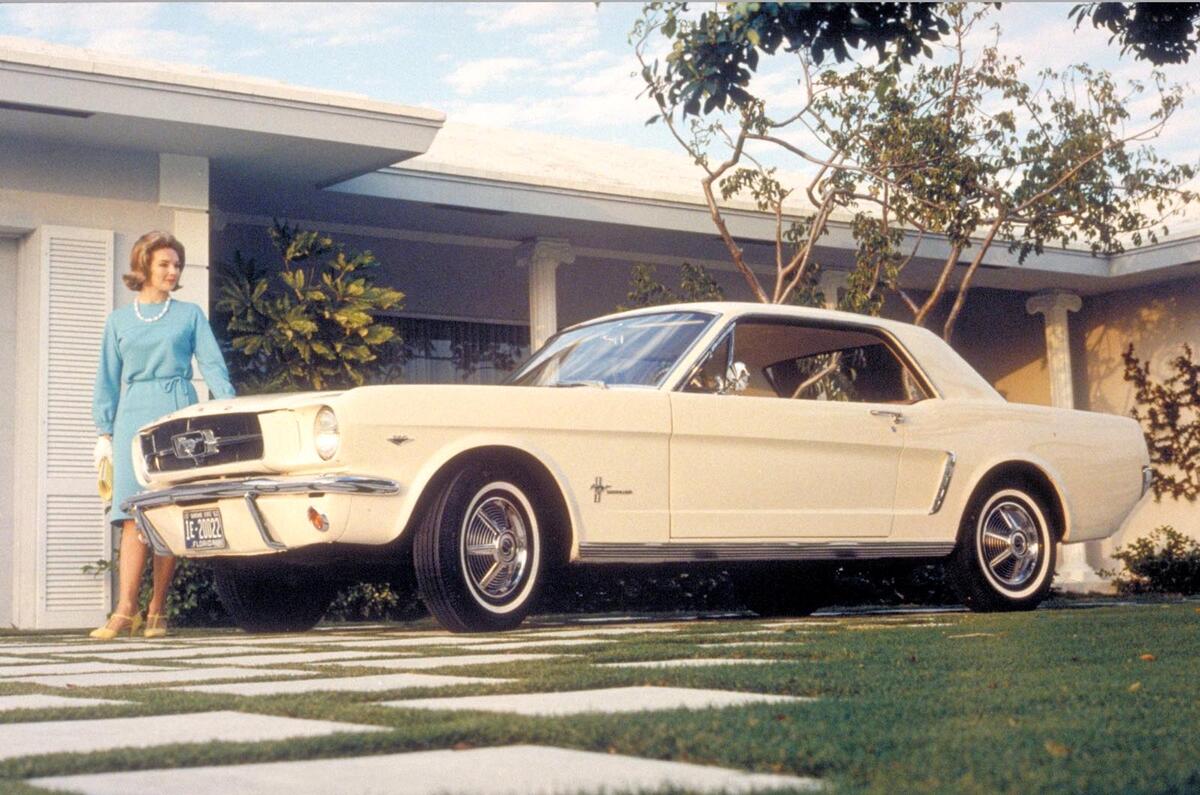
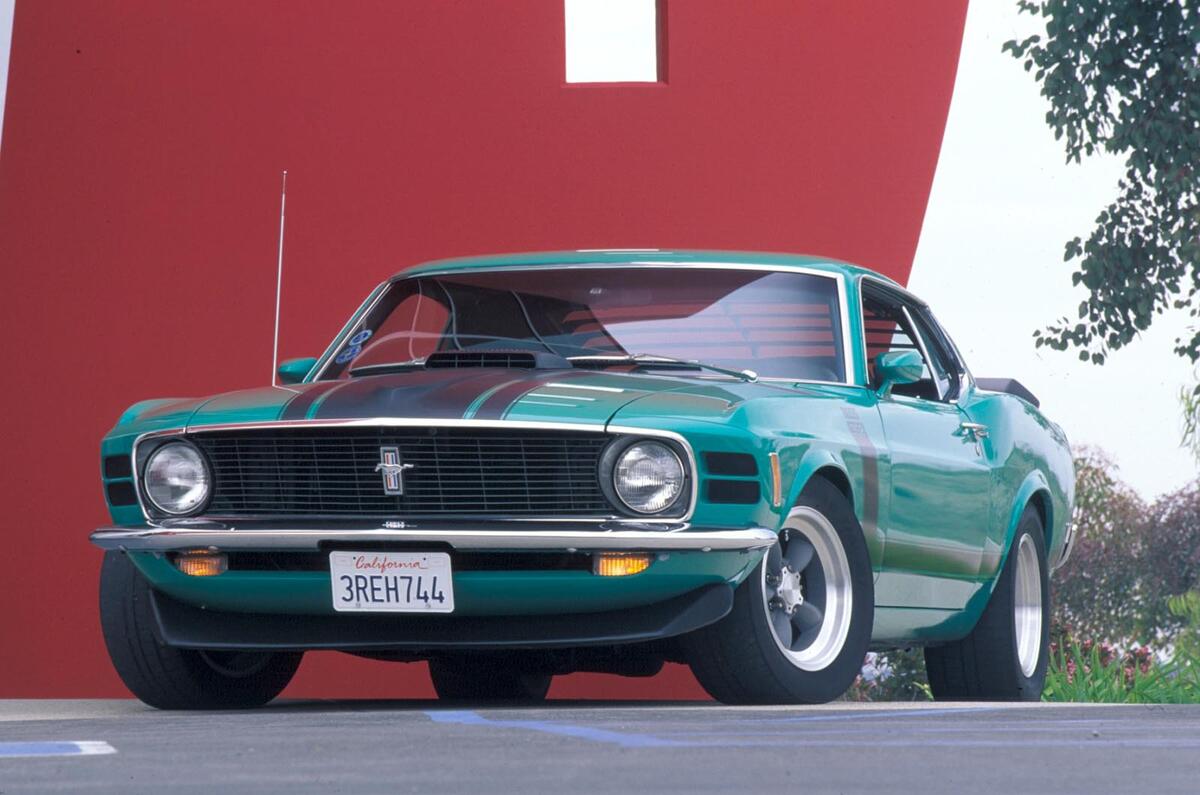
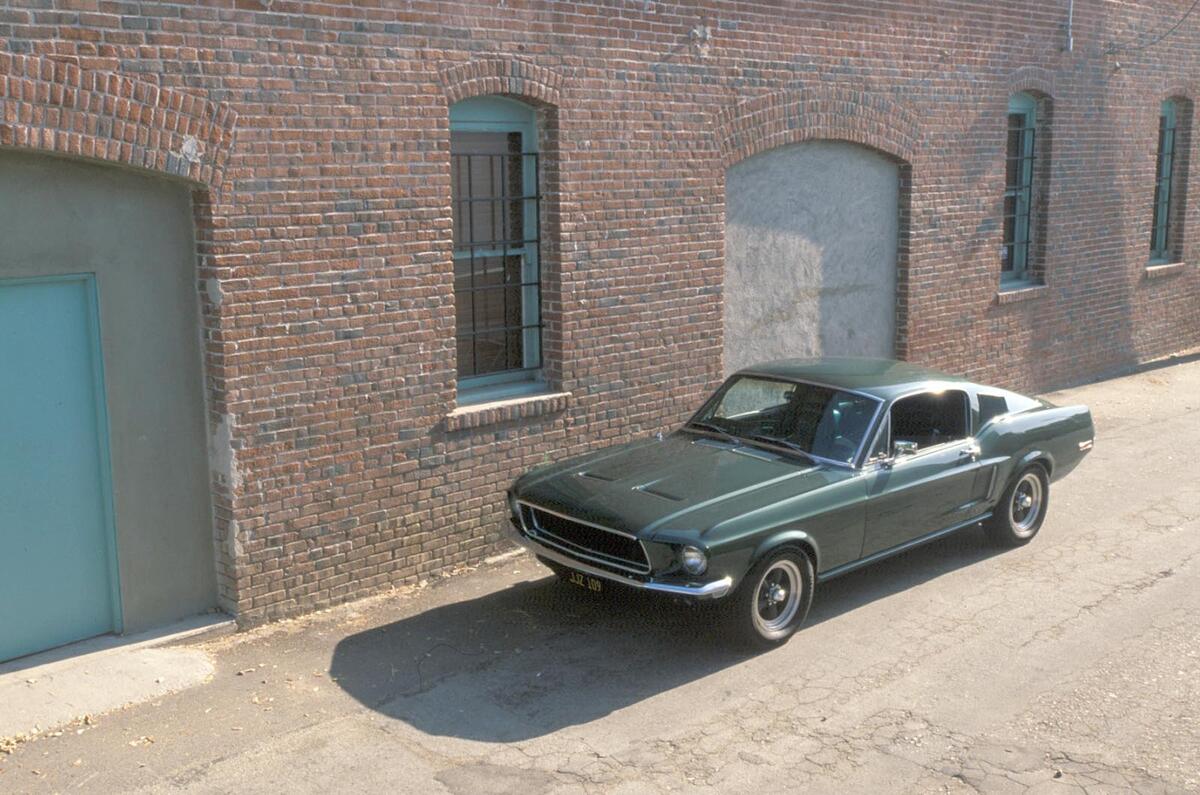
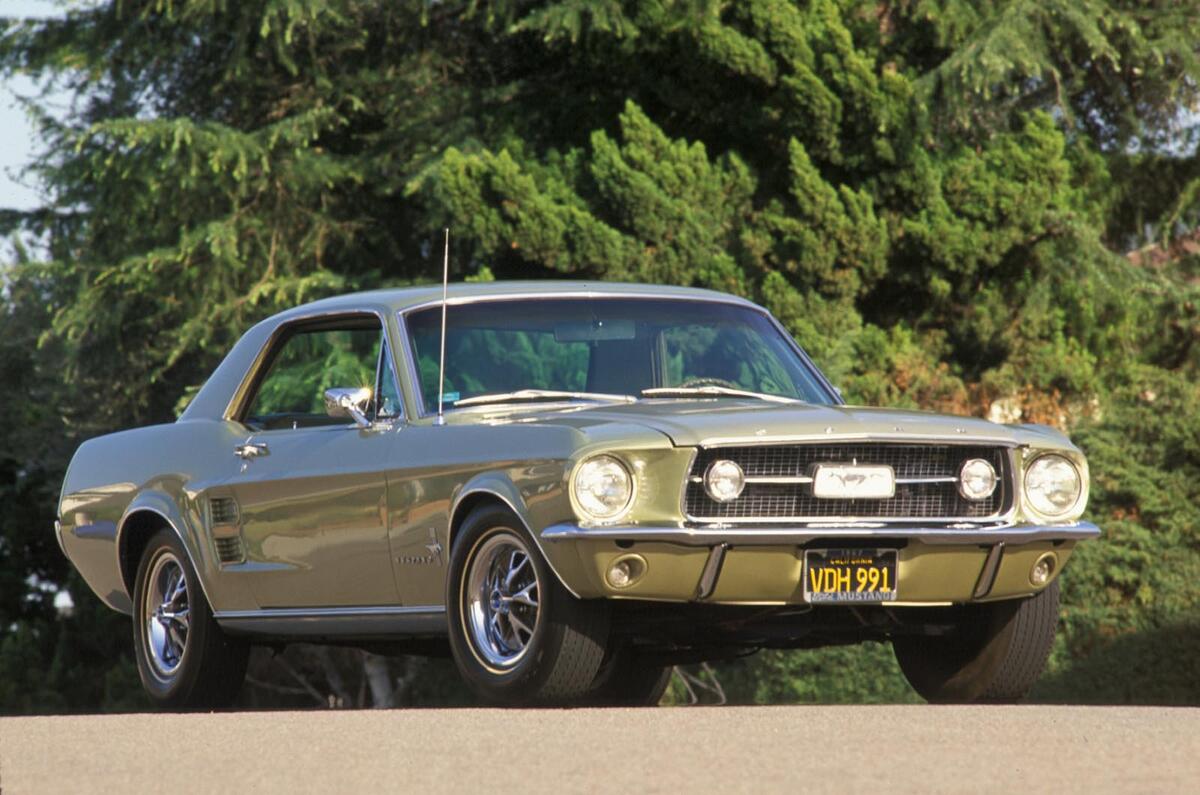
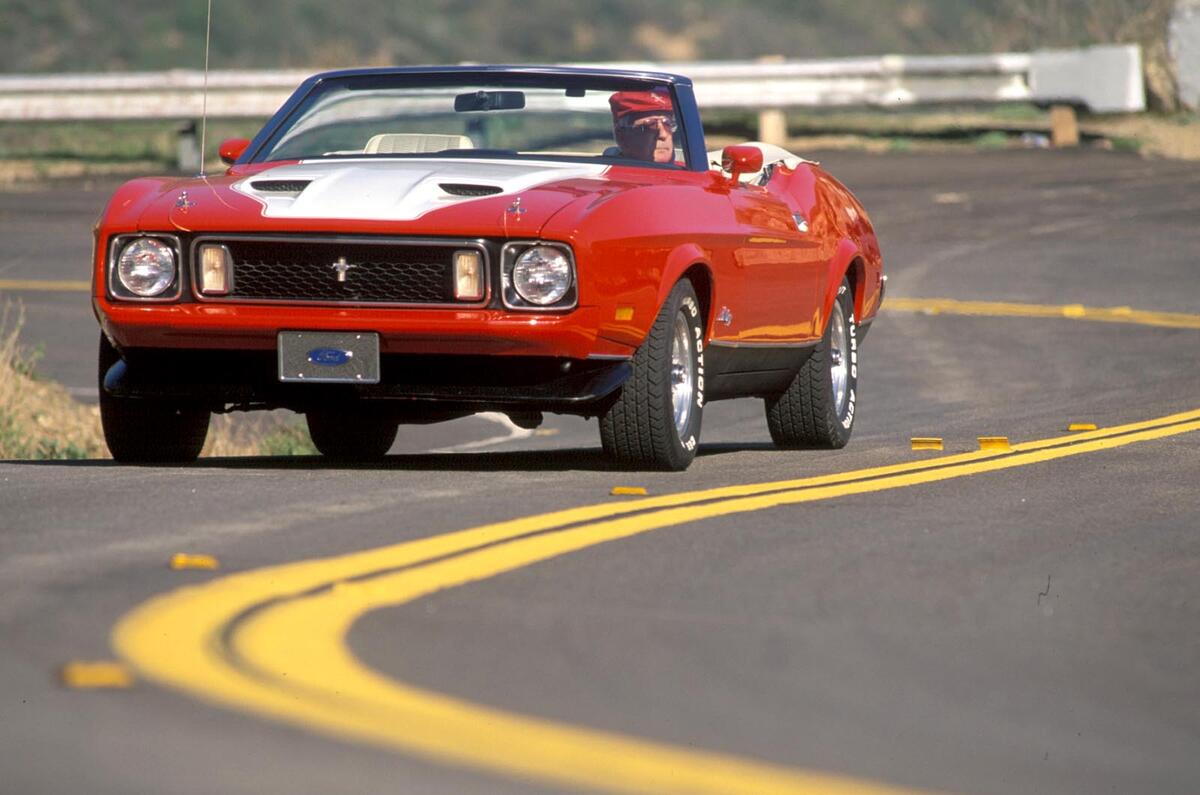
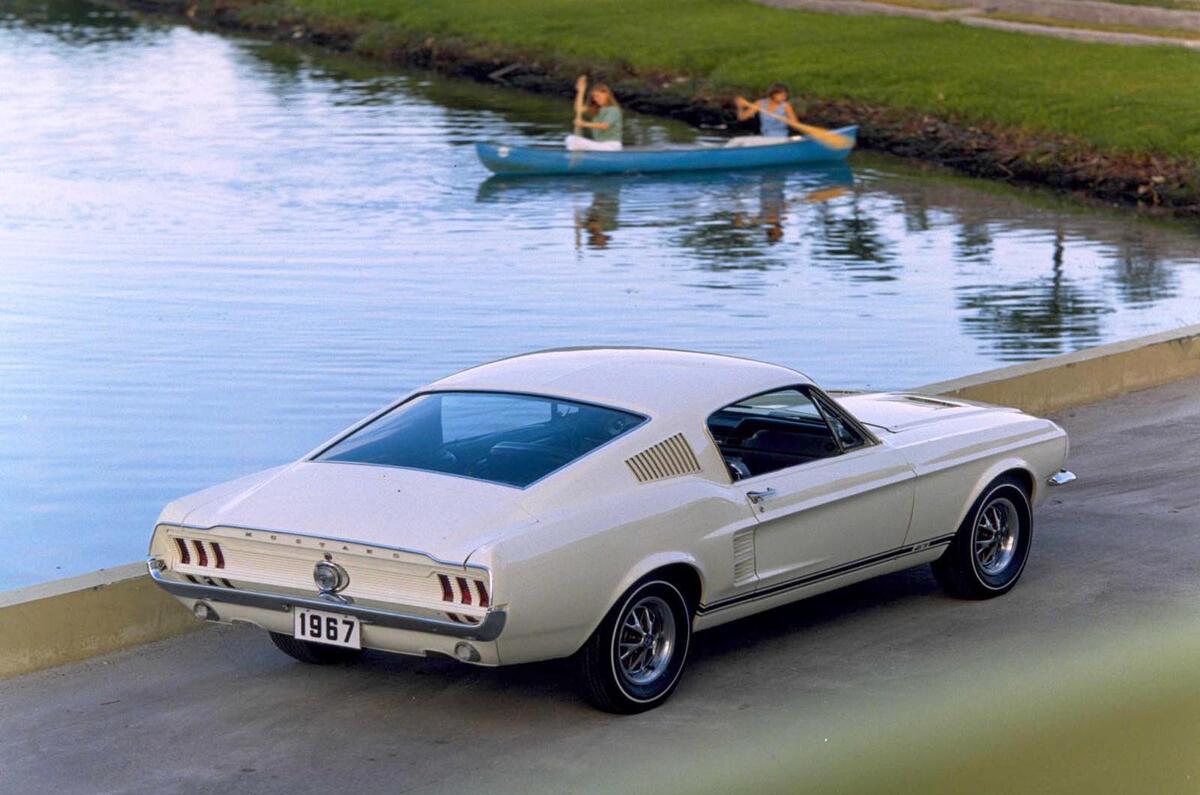
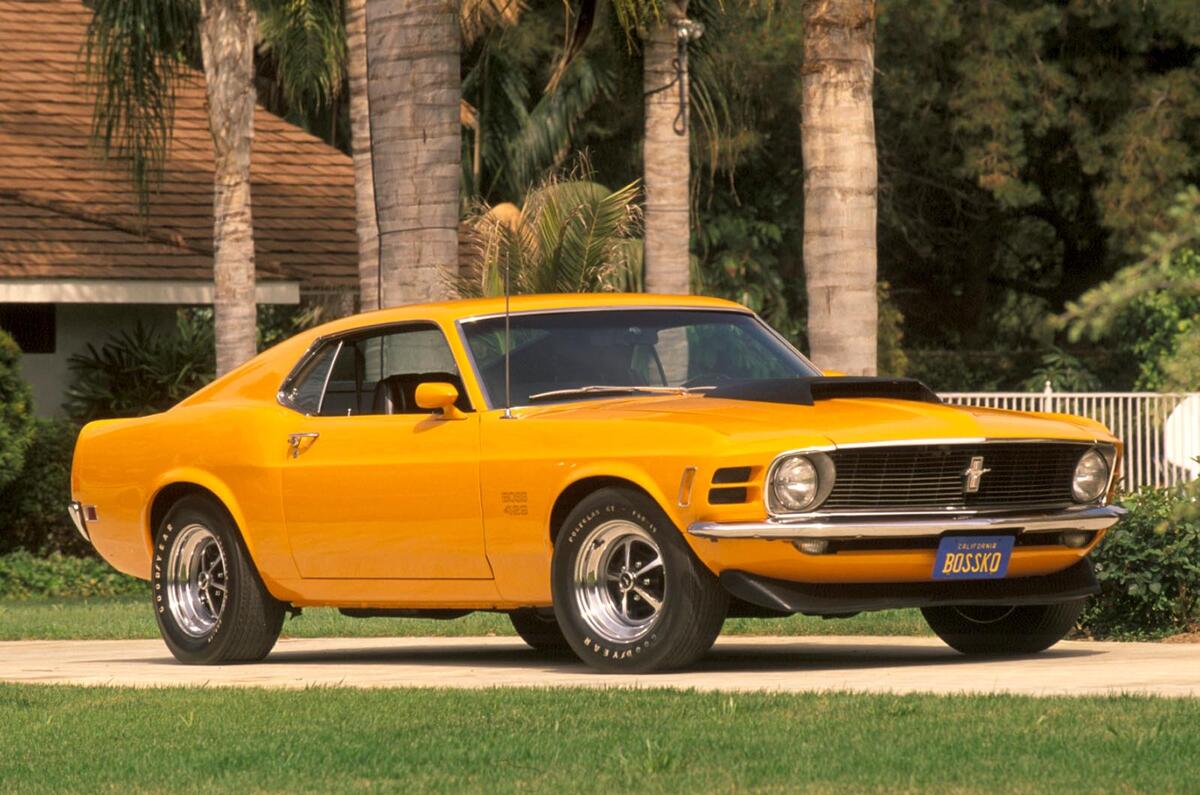
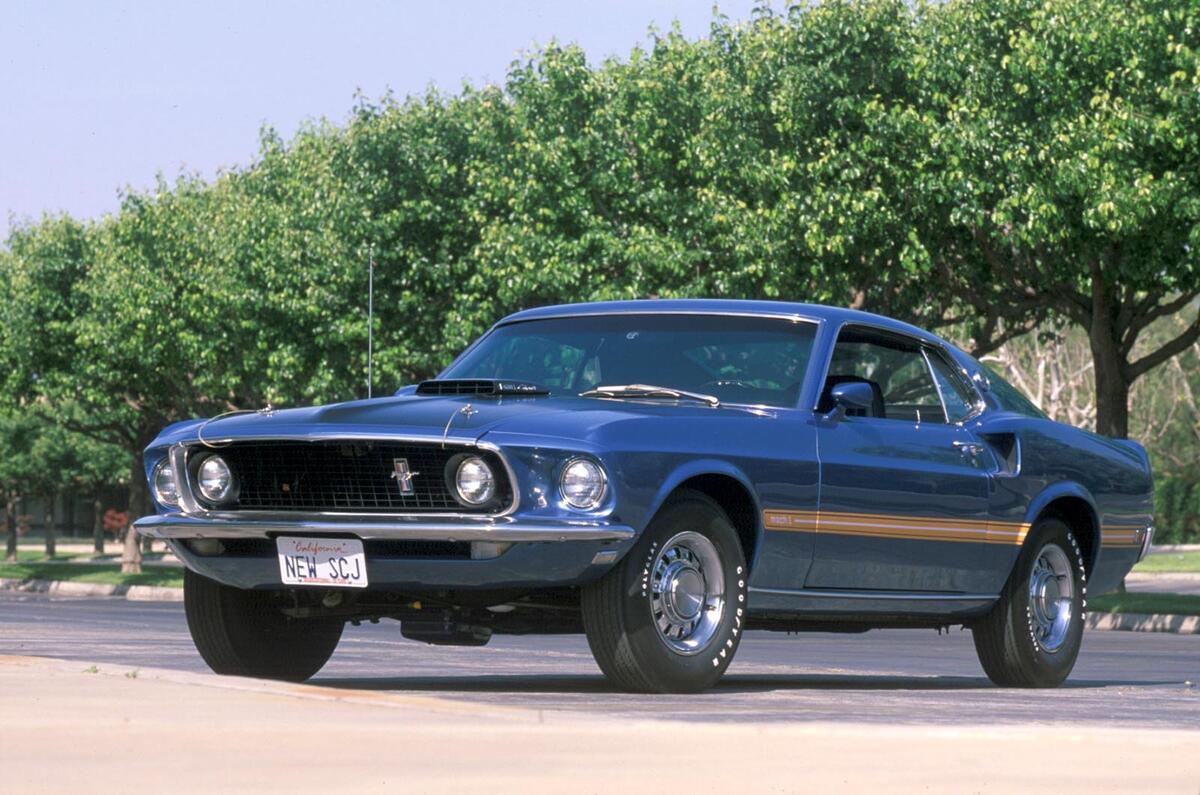
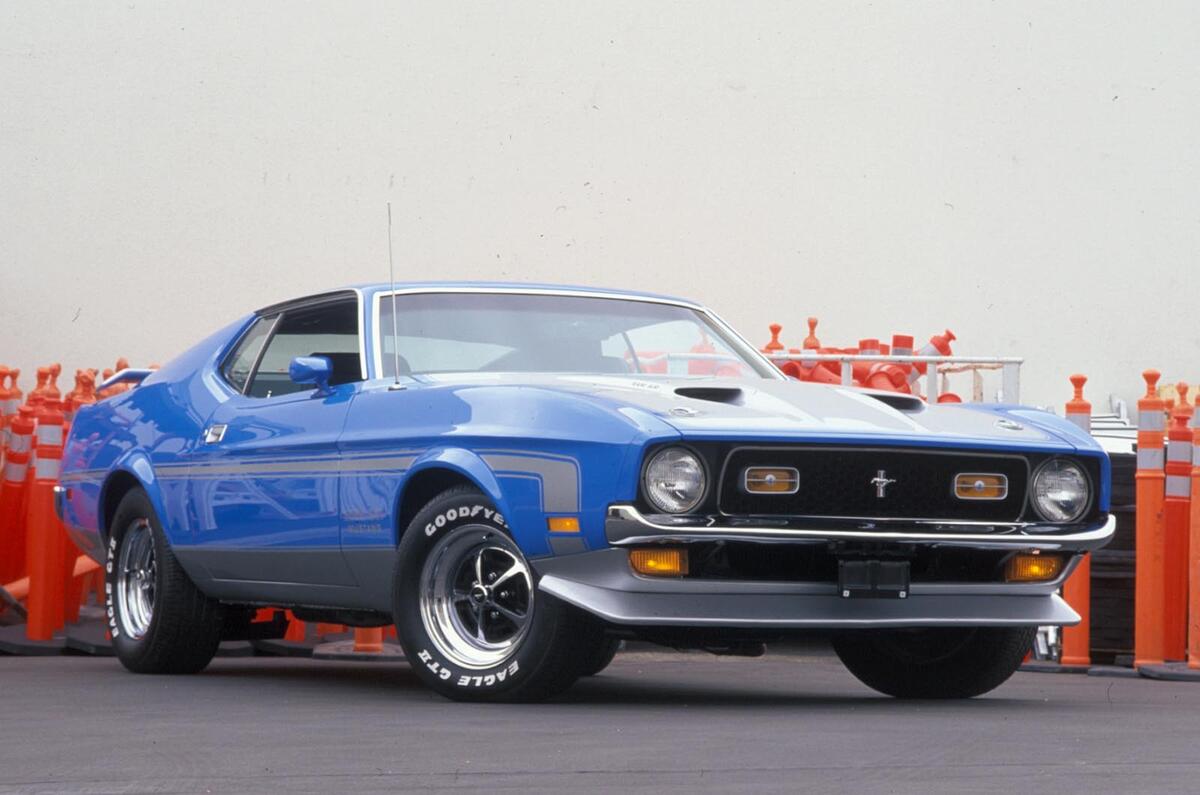
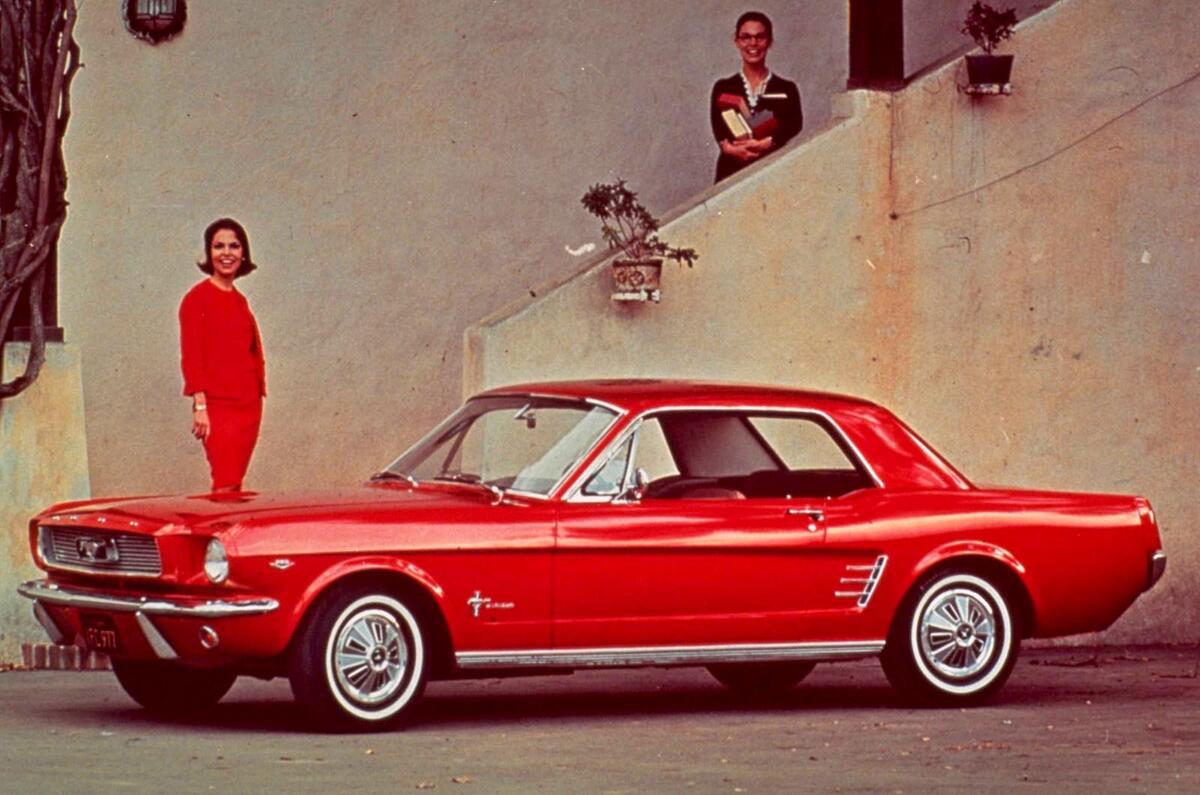
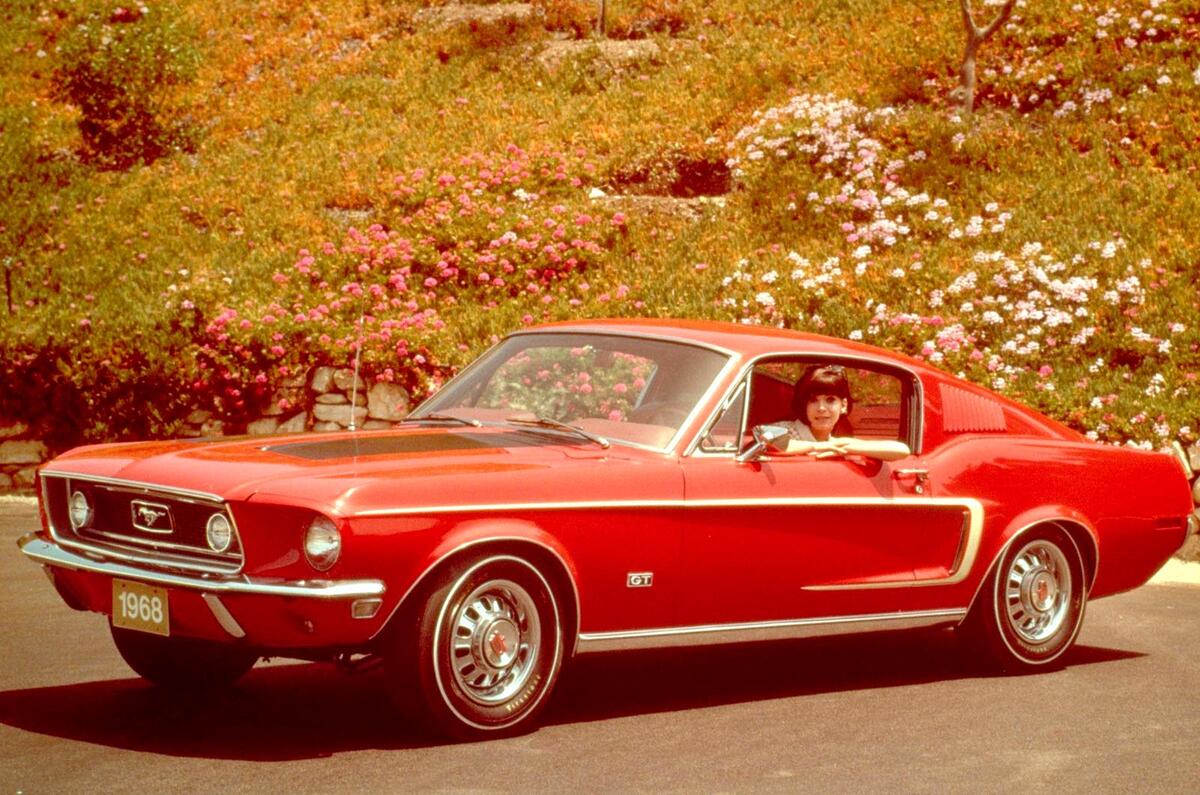
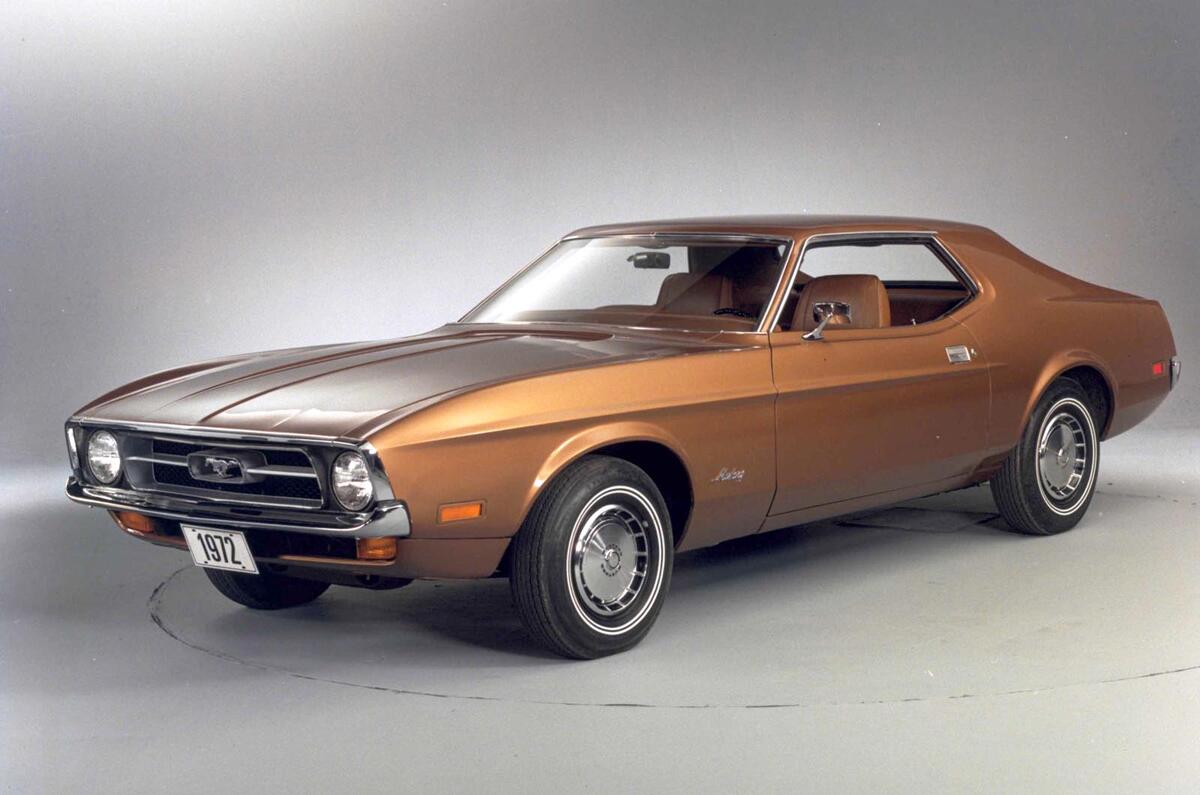
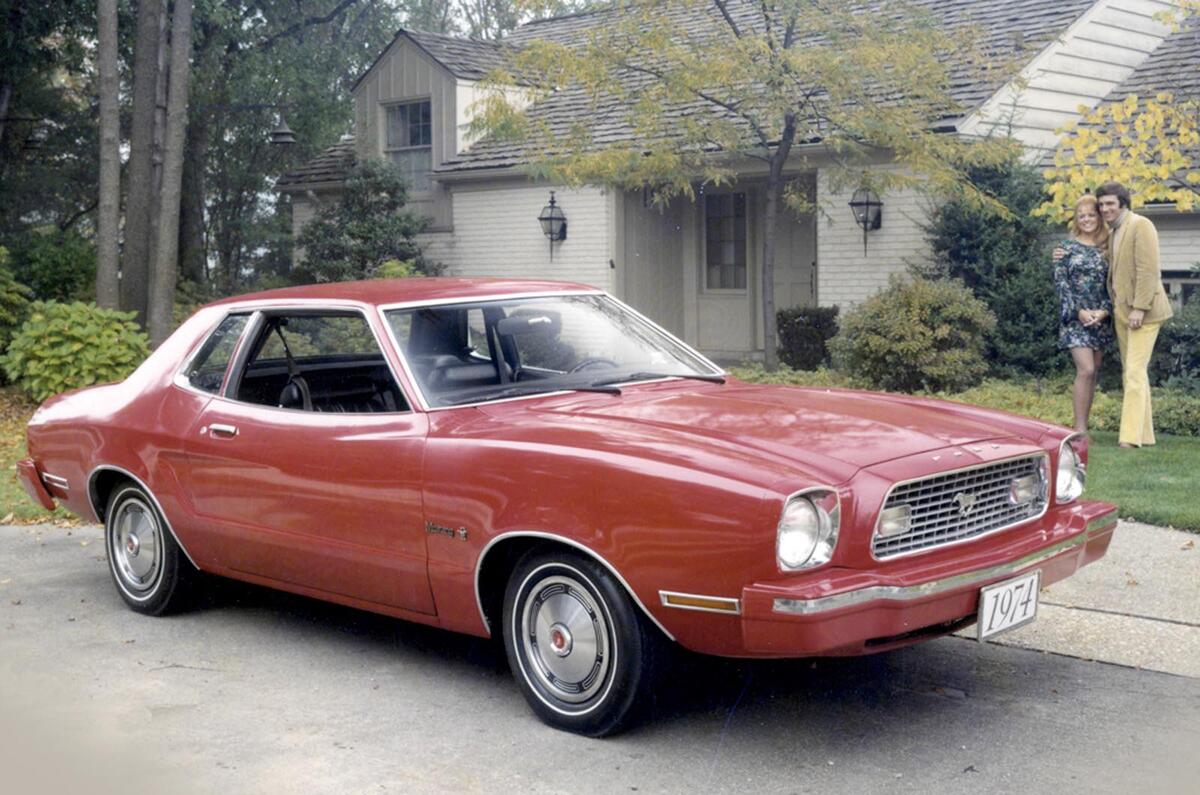
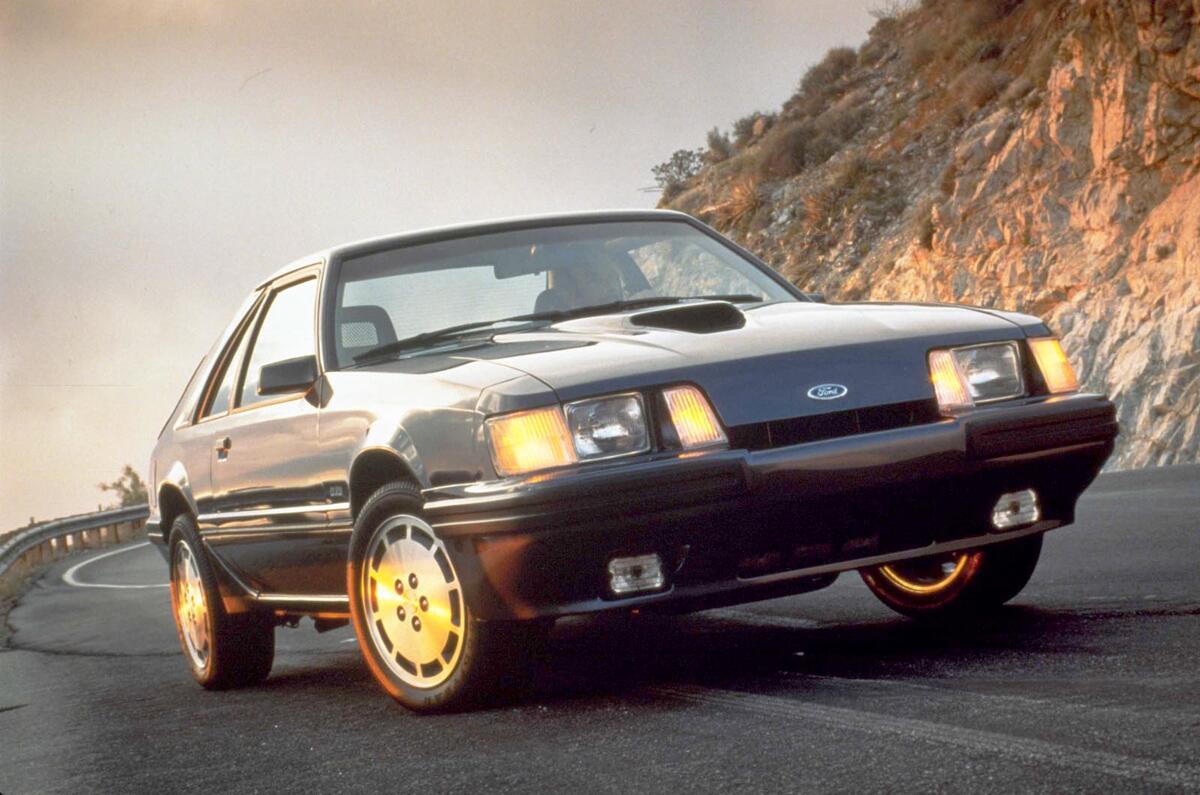
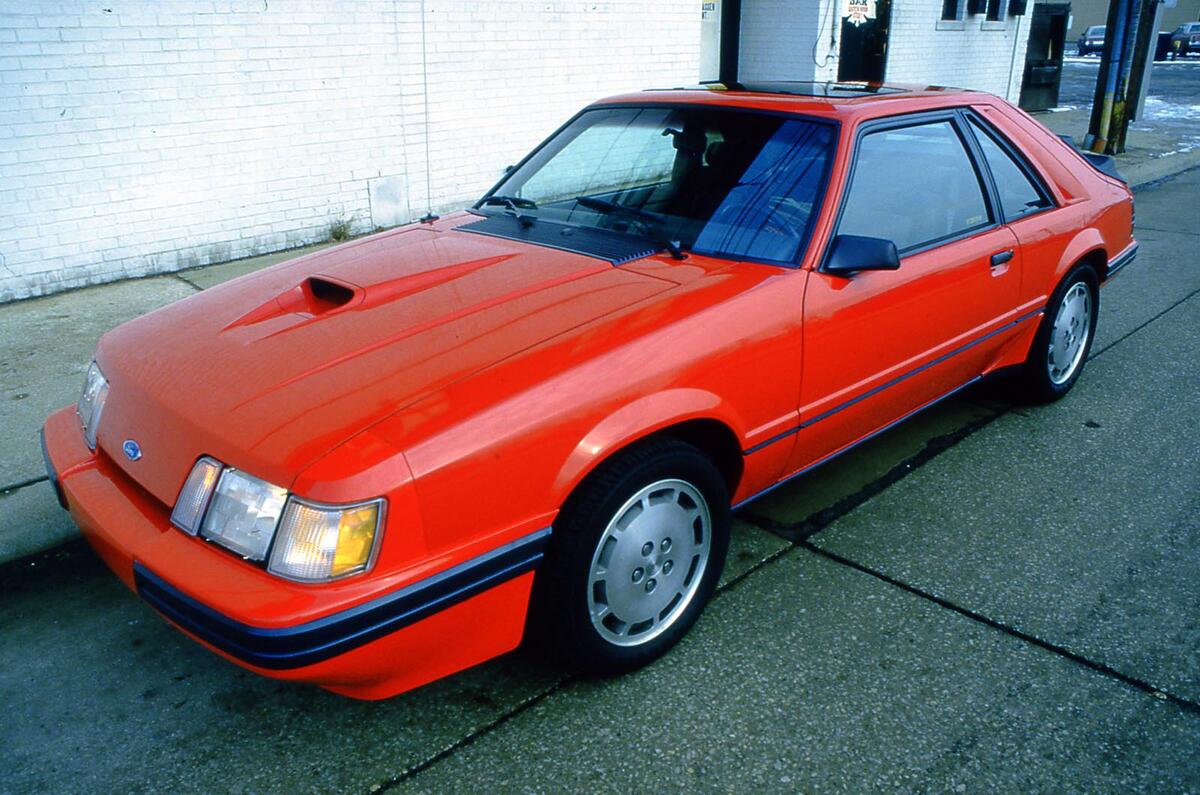
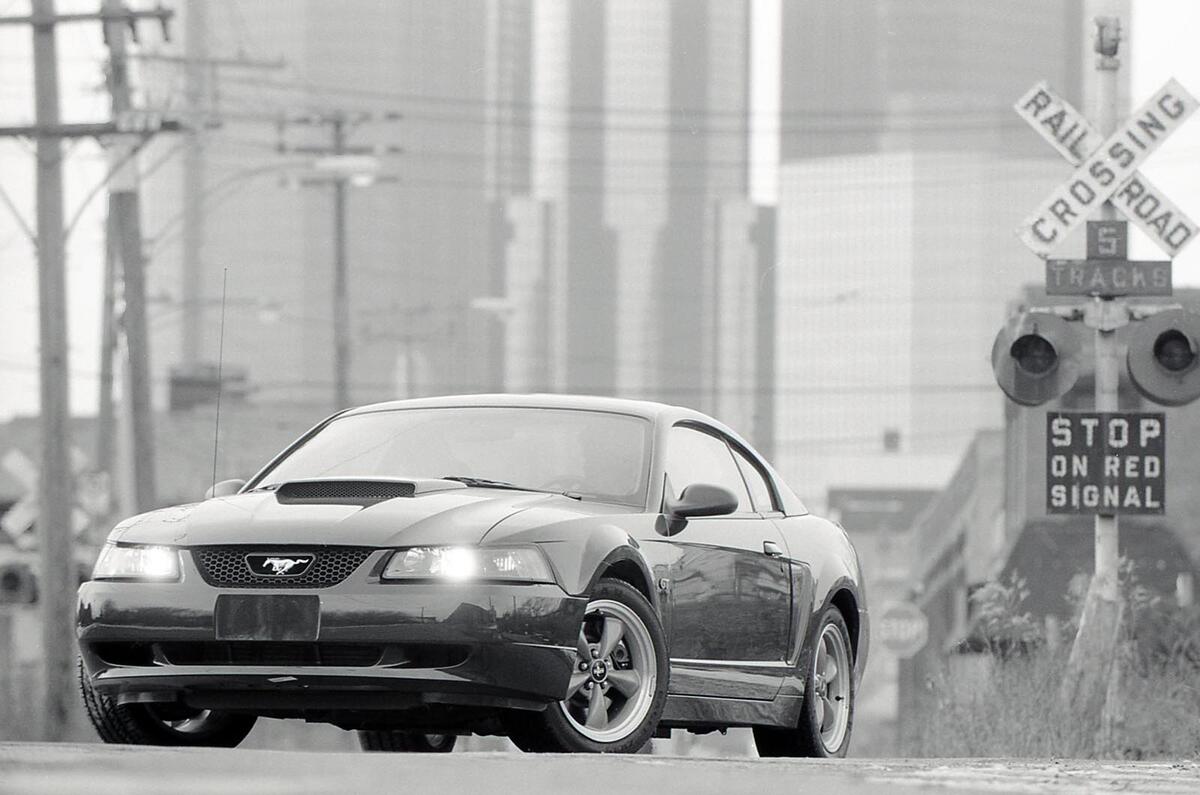
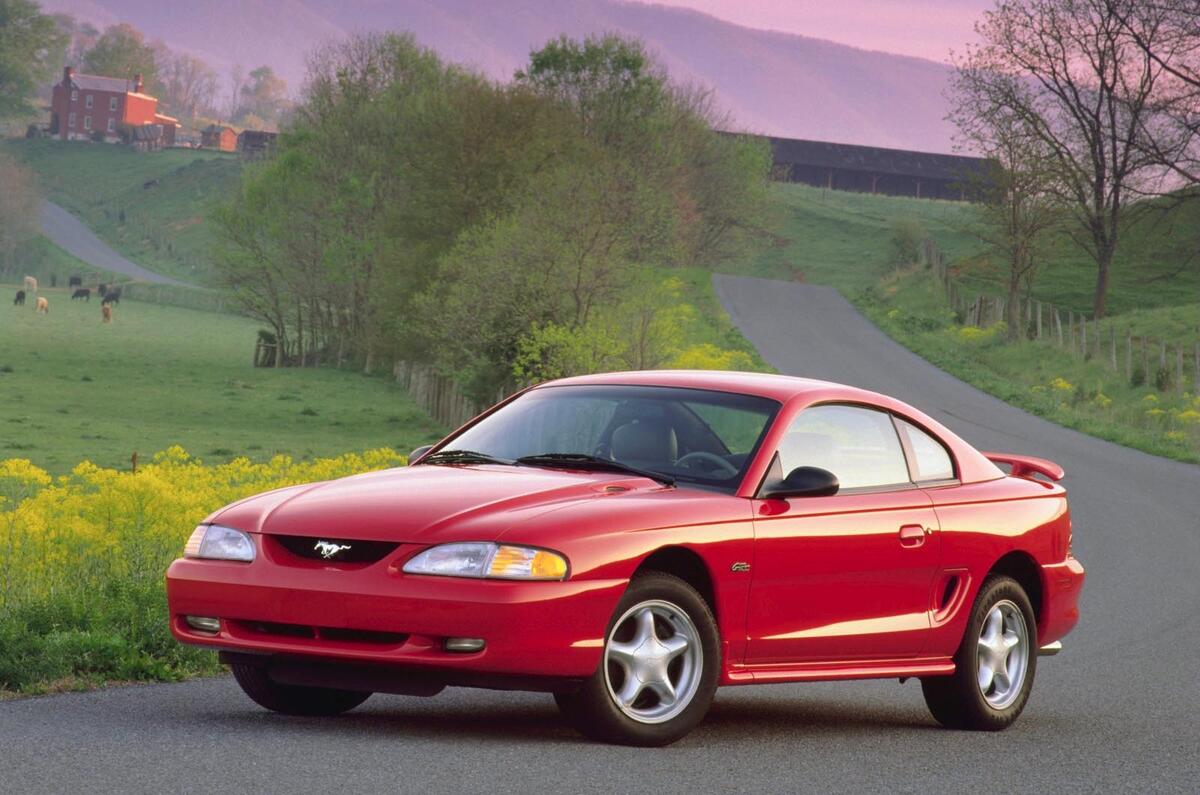
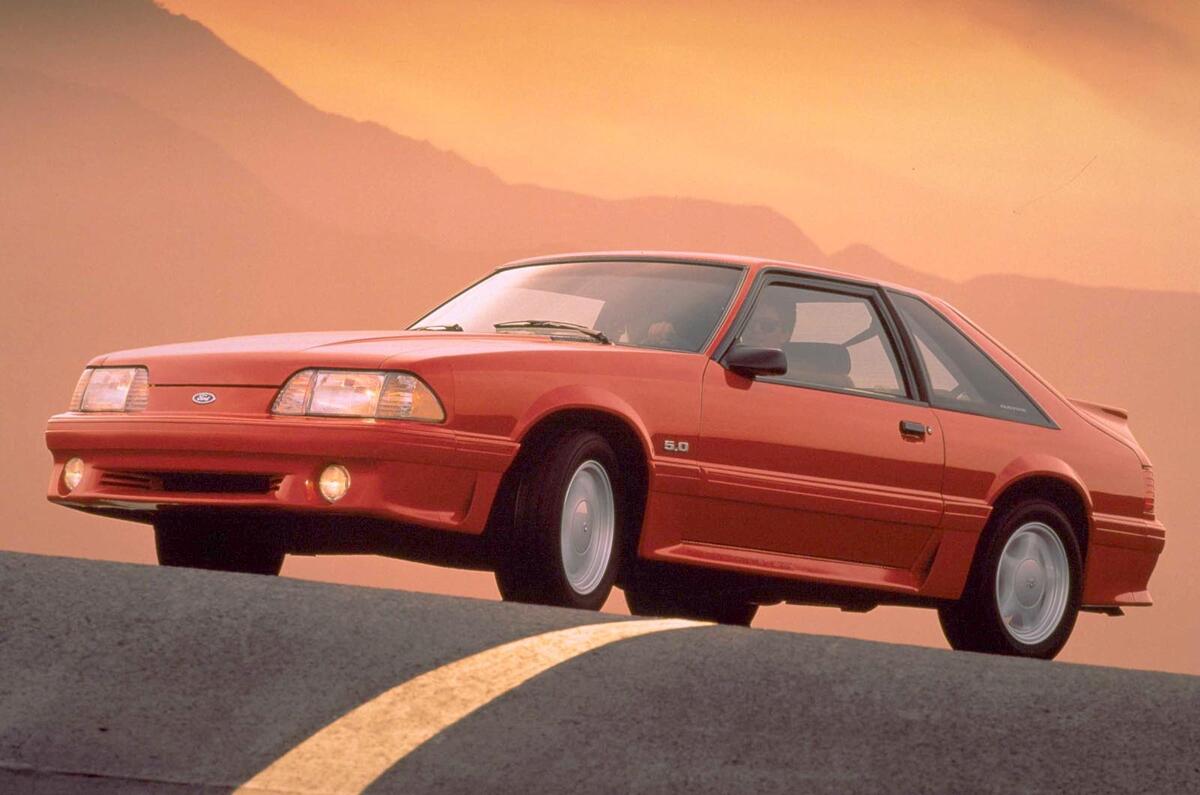
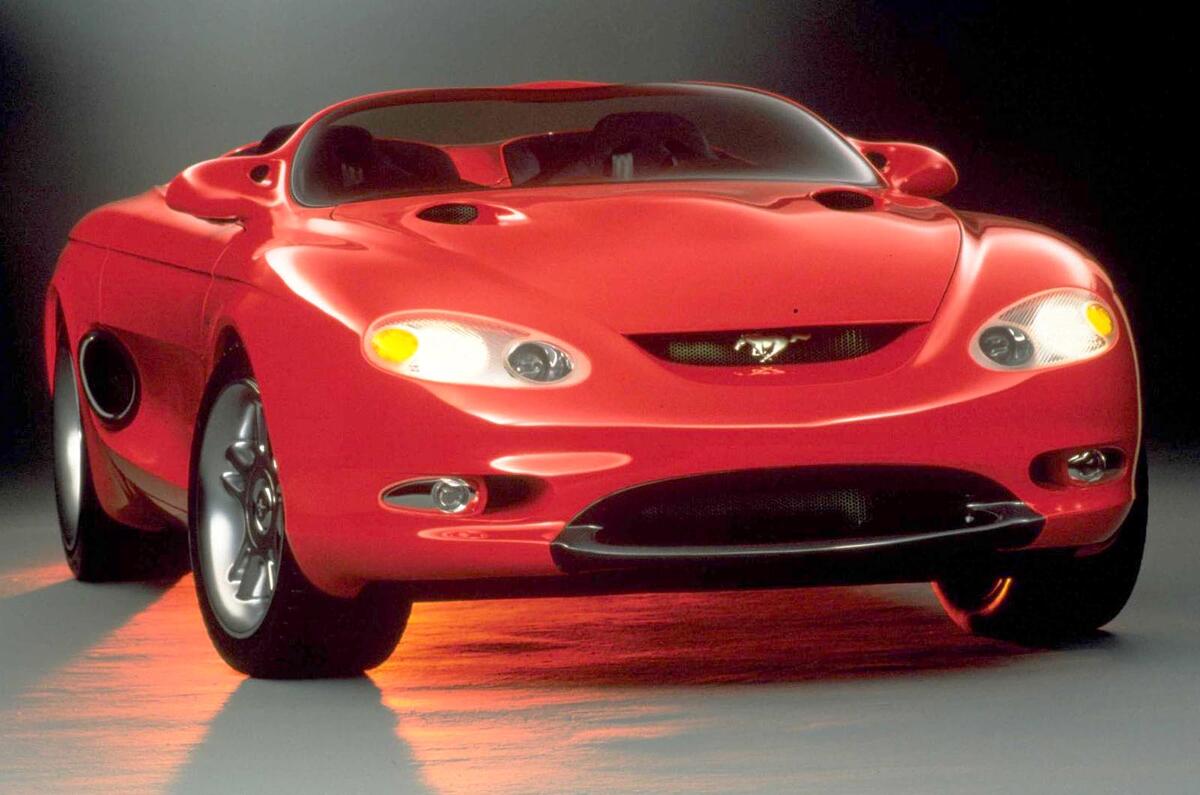
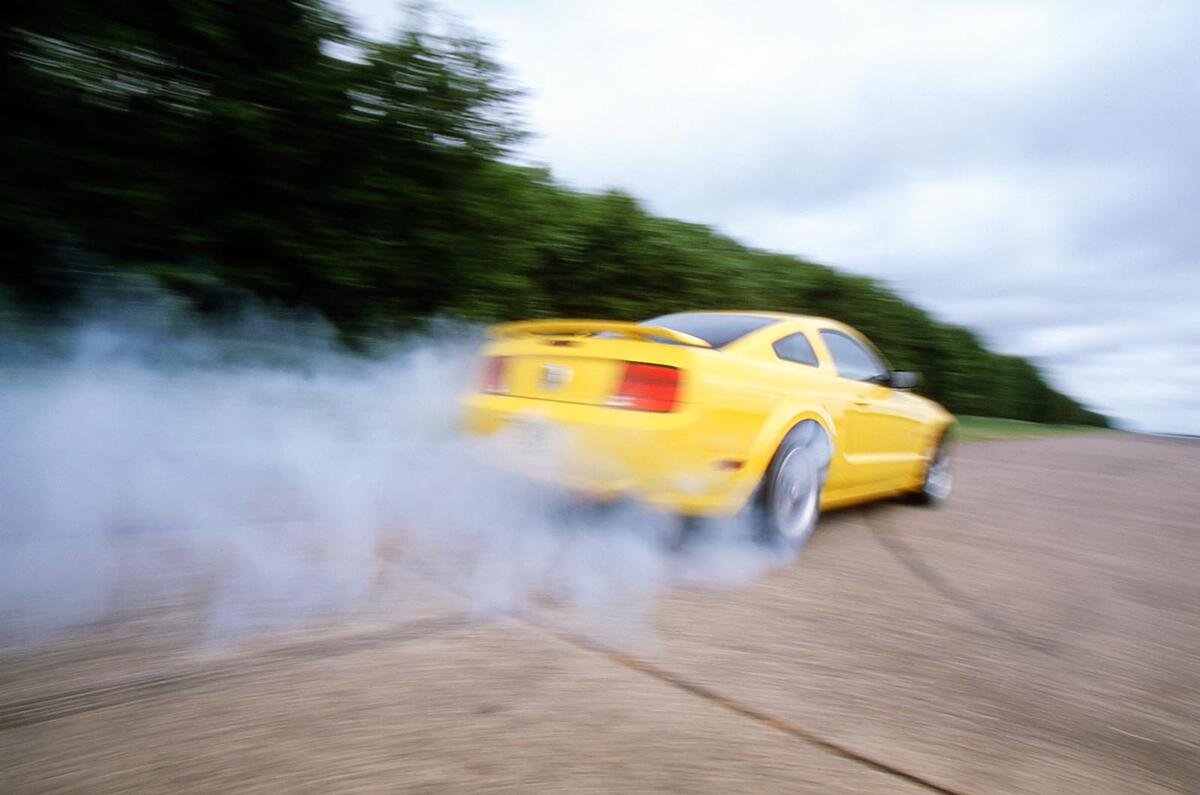
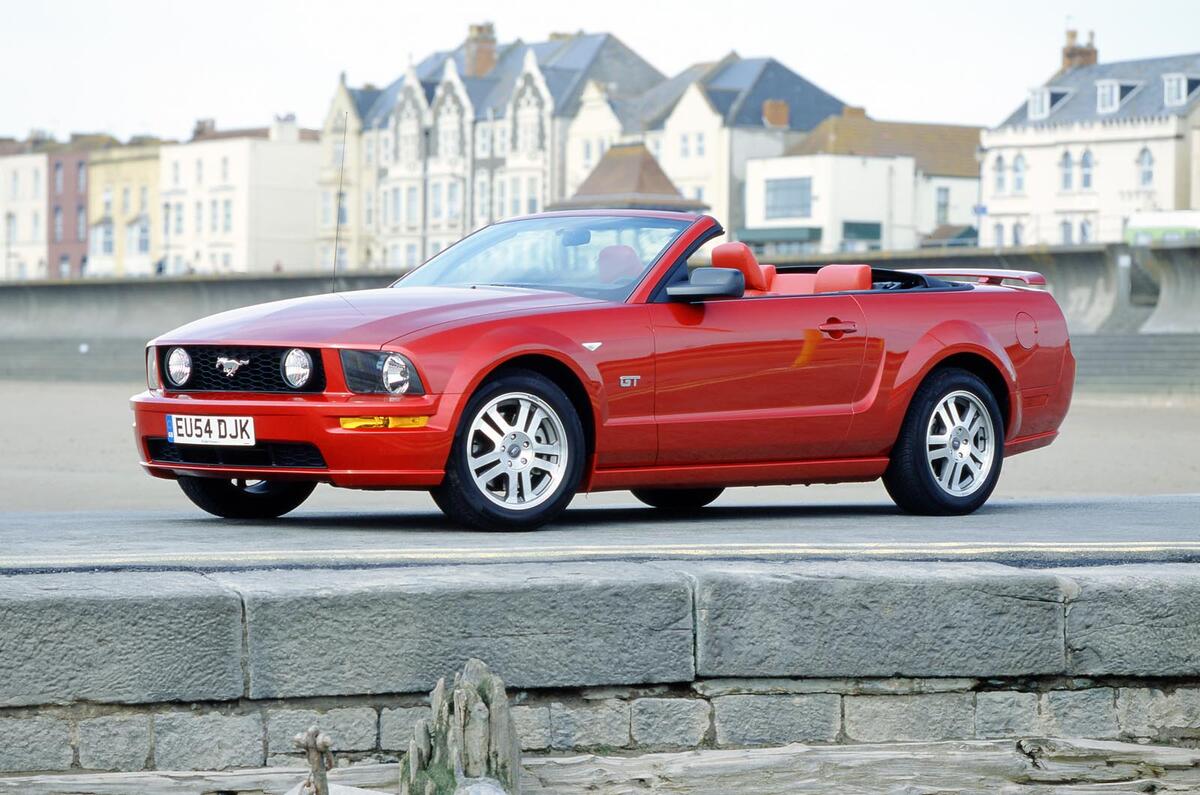
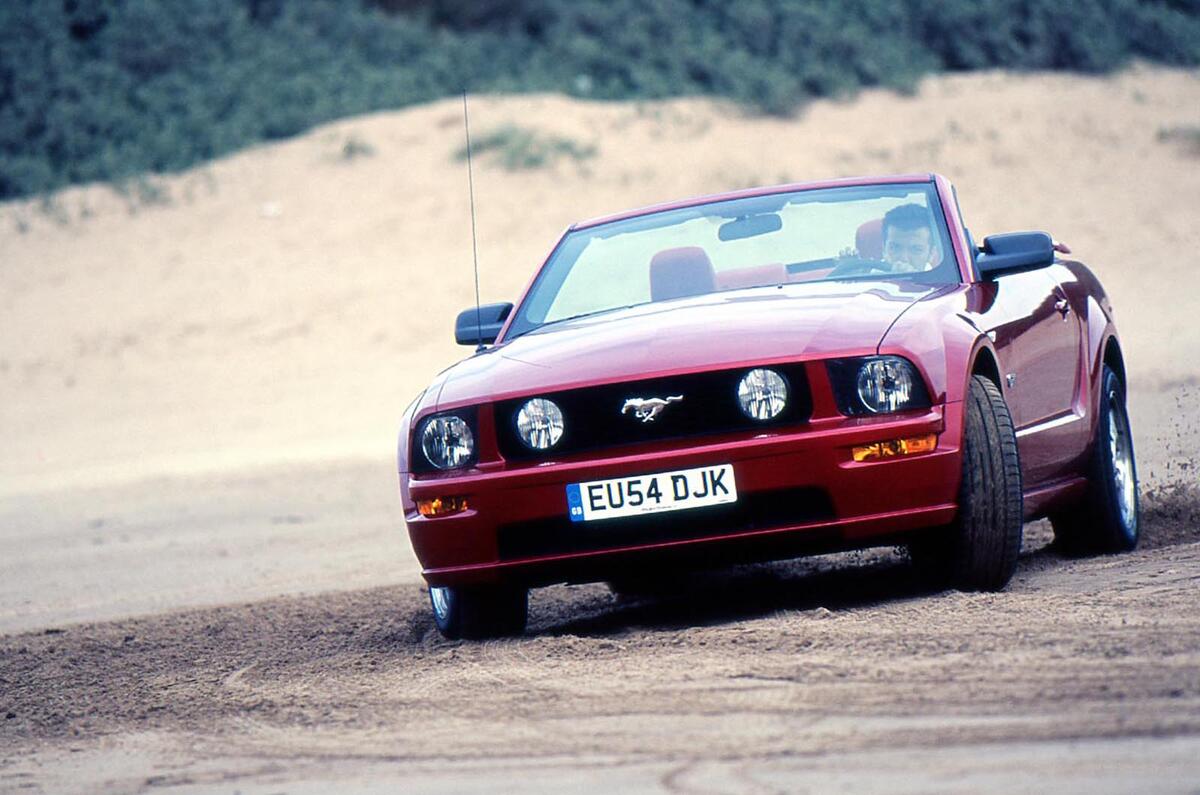

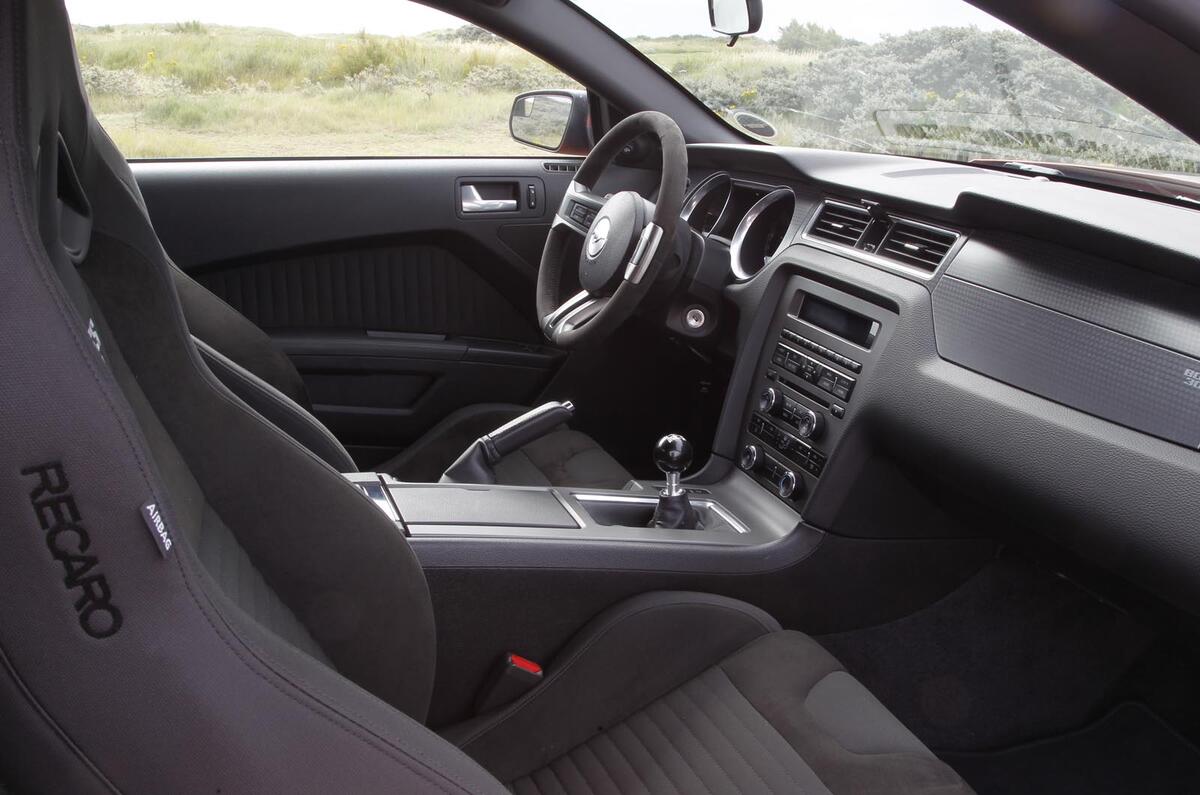
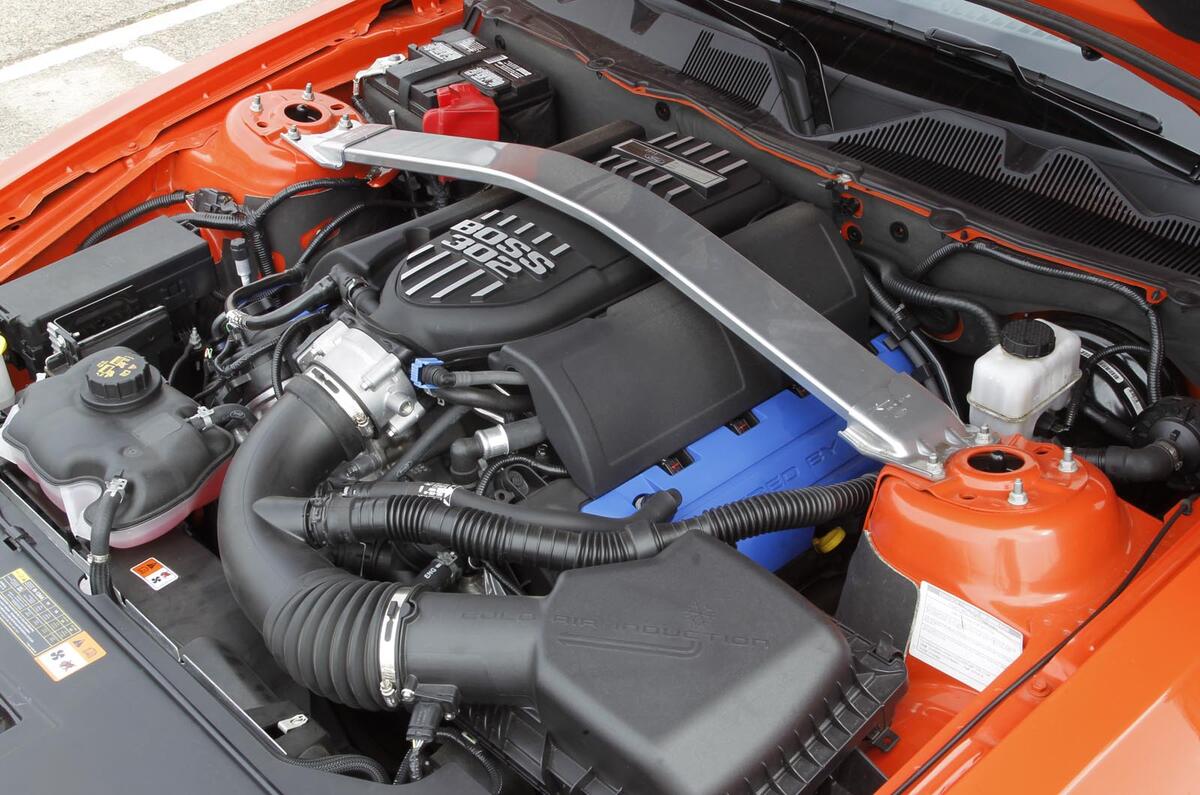
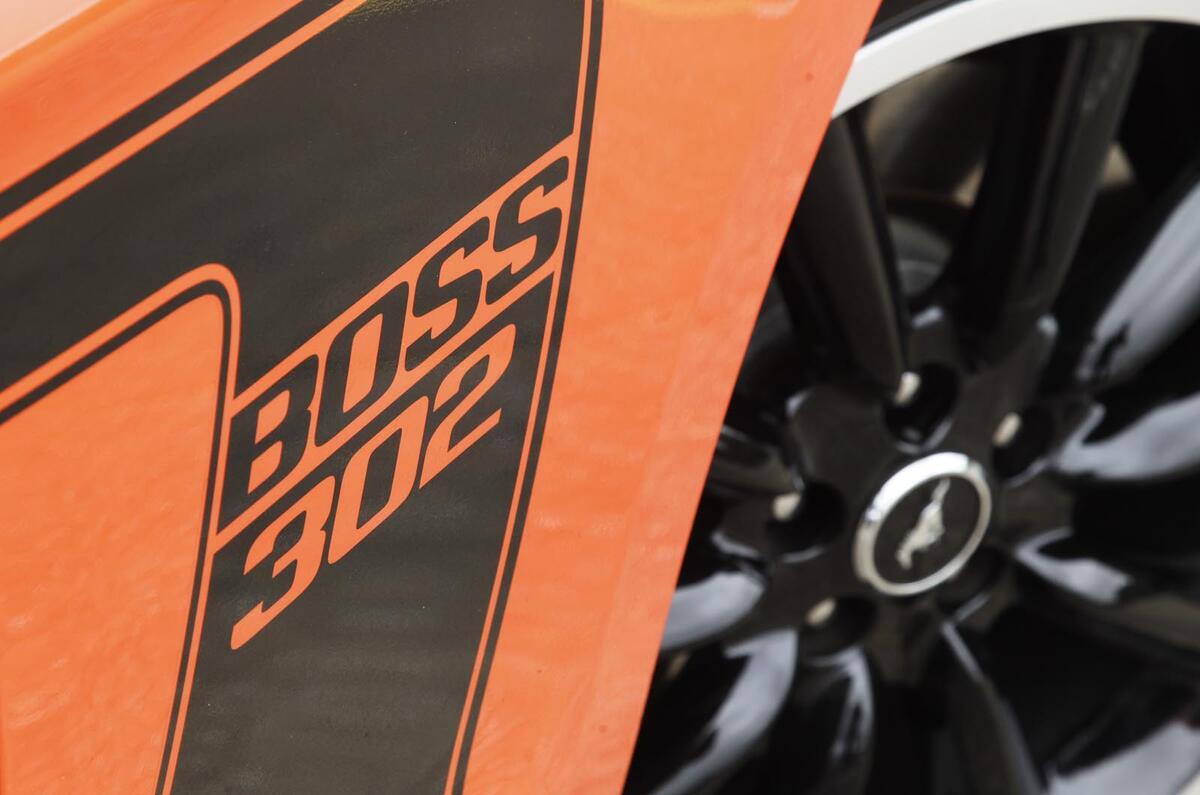
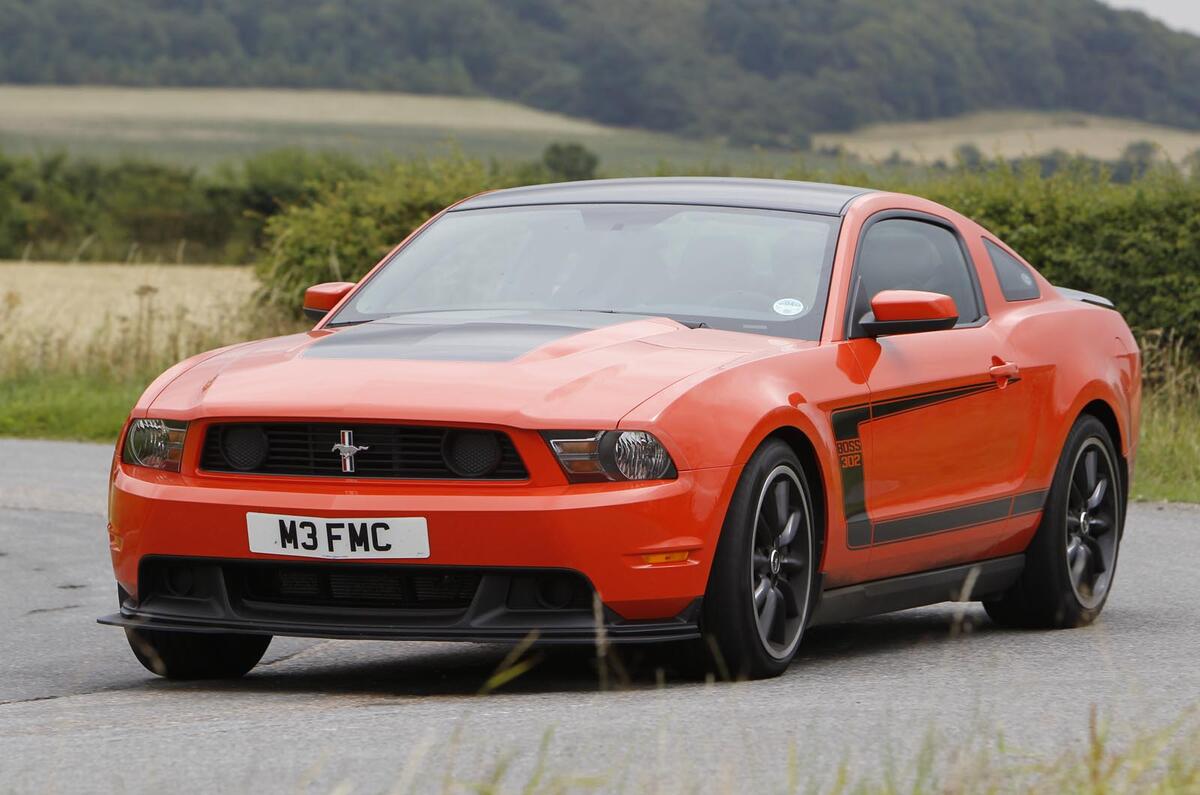
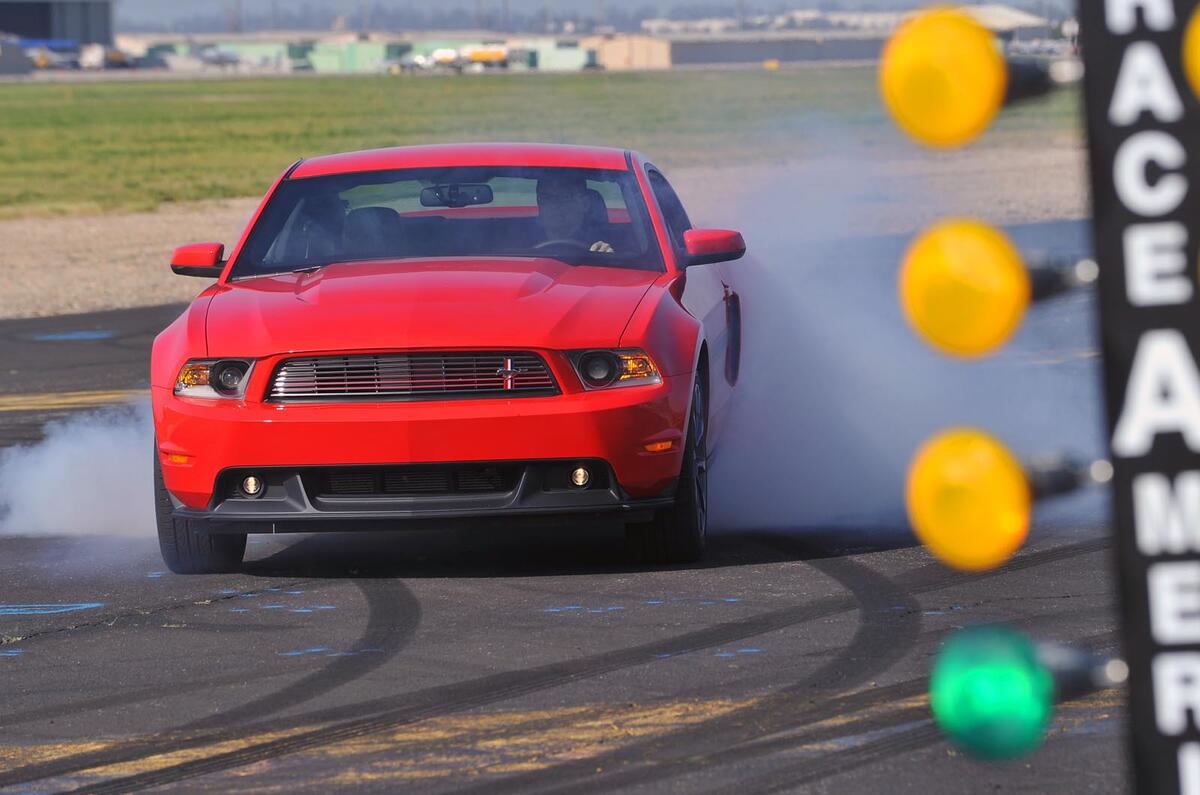

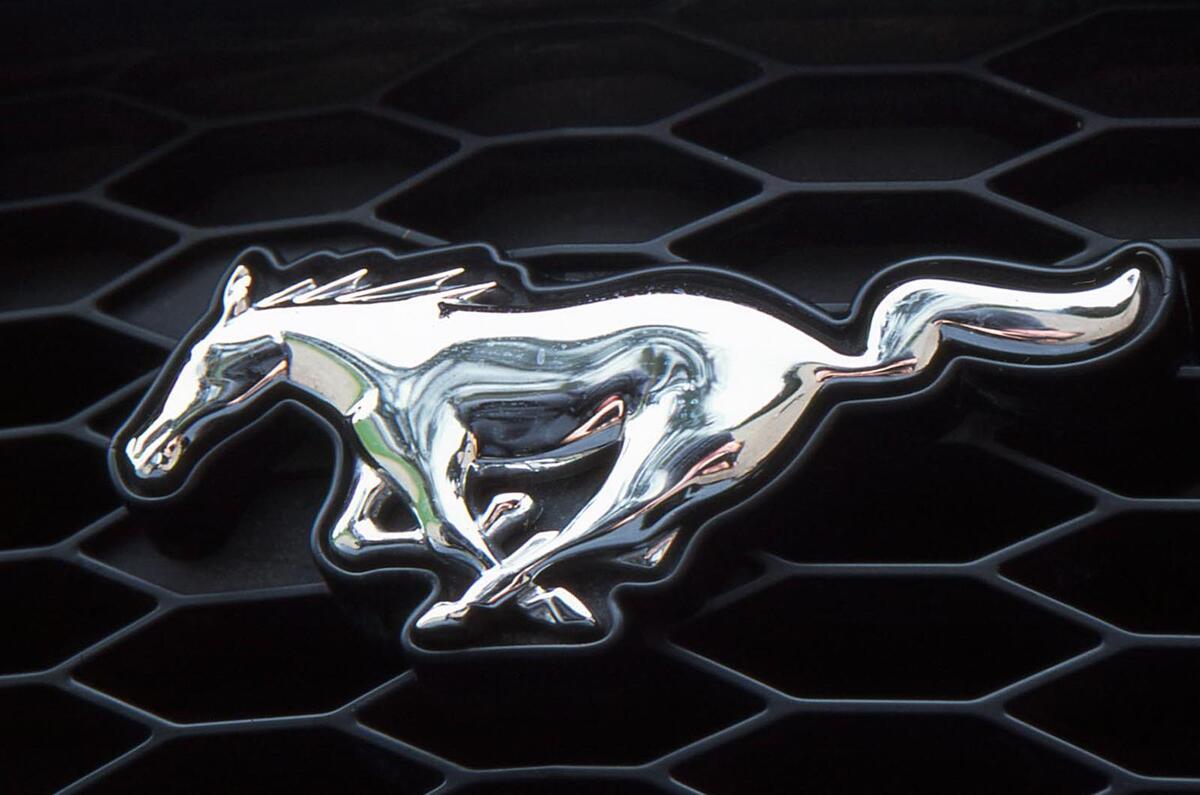
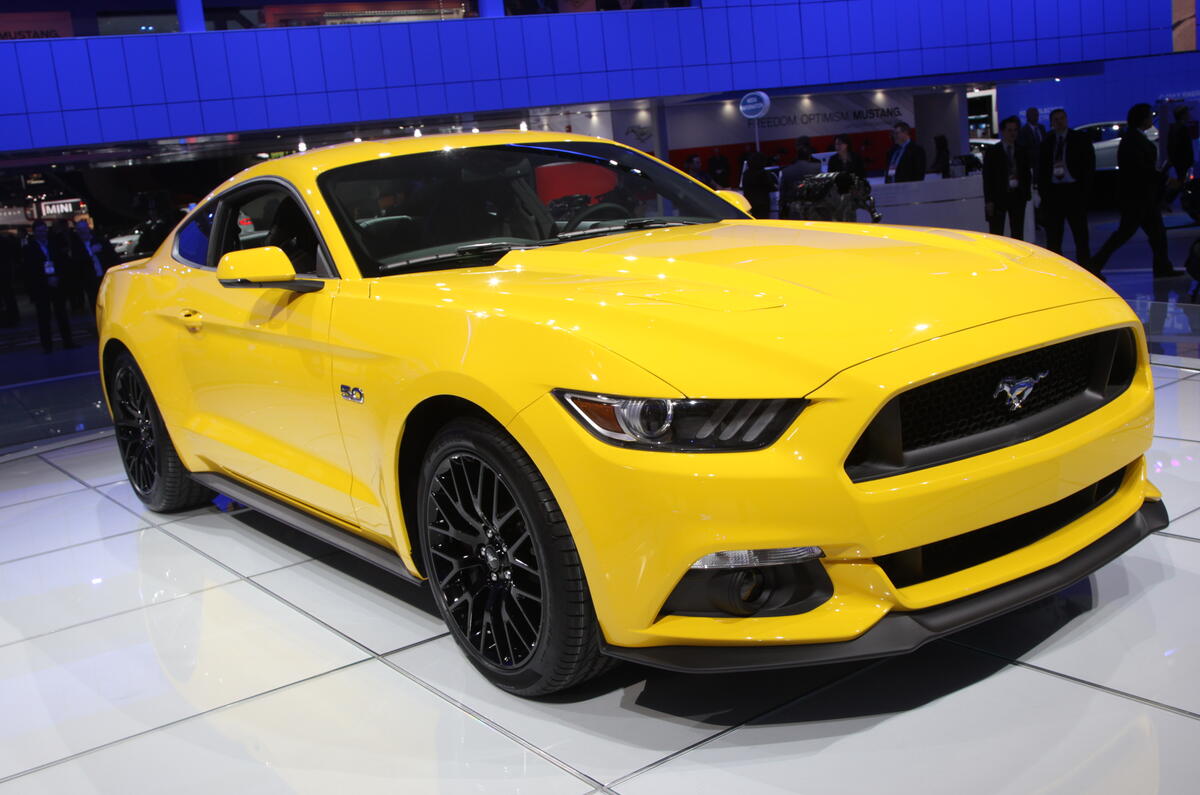


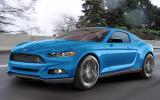
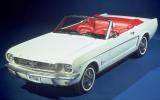
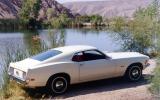
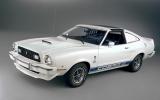


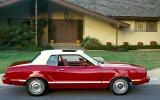
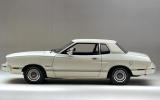

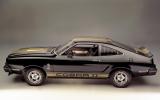

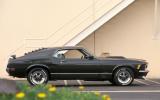
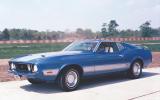
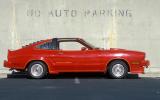
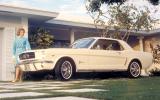
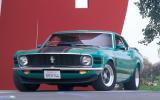

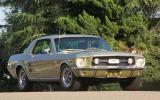
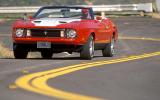
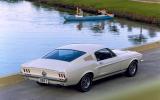
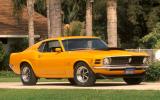
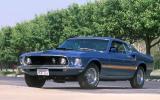
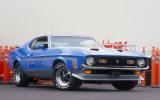
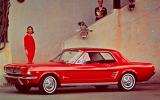

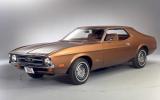
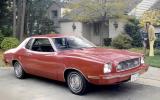
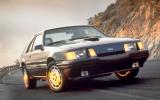
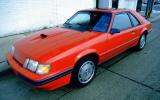



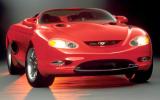




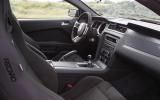



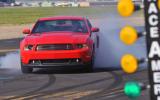

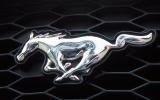

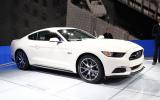


Add your comment